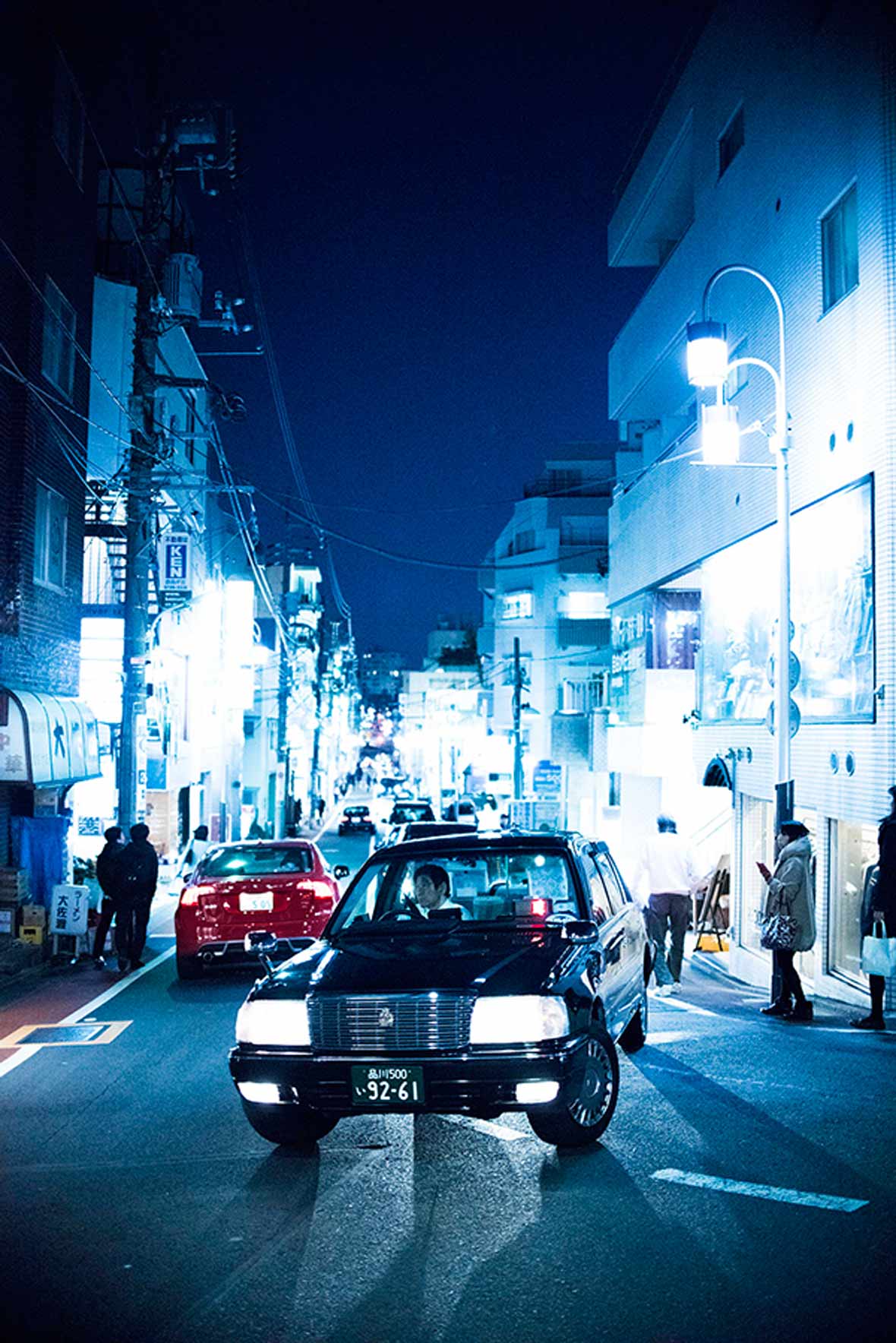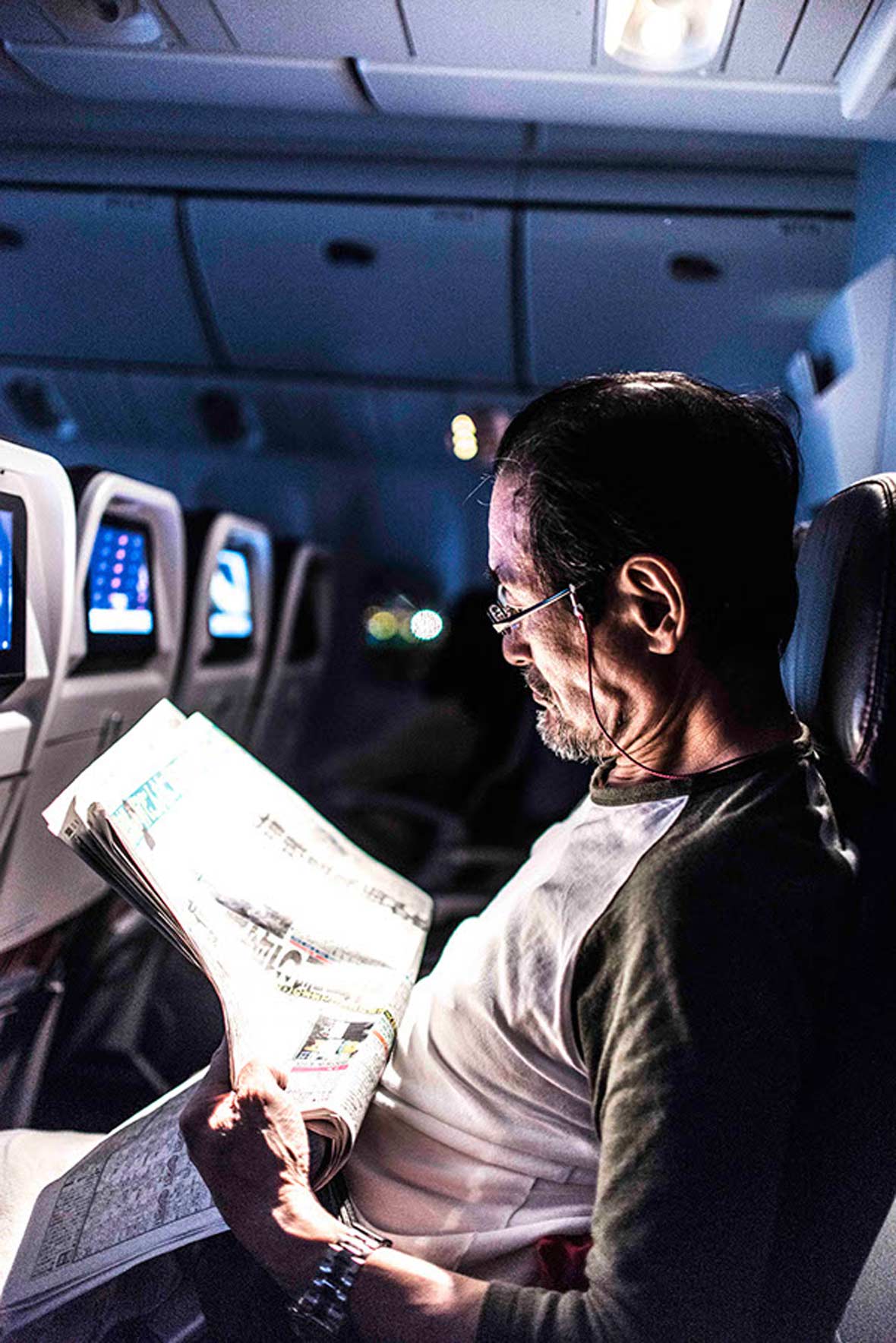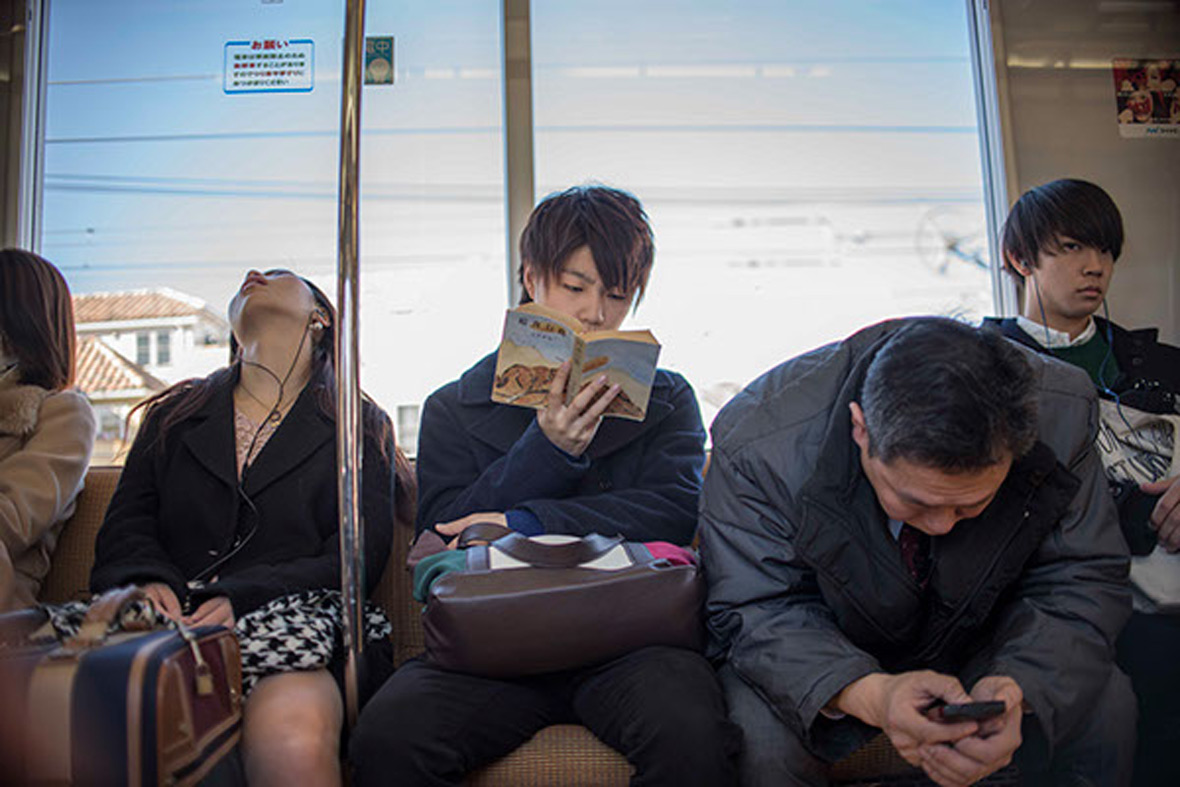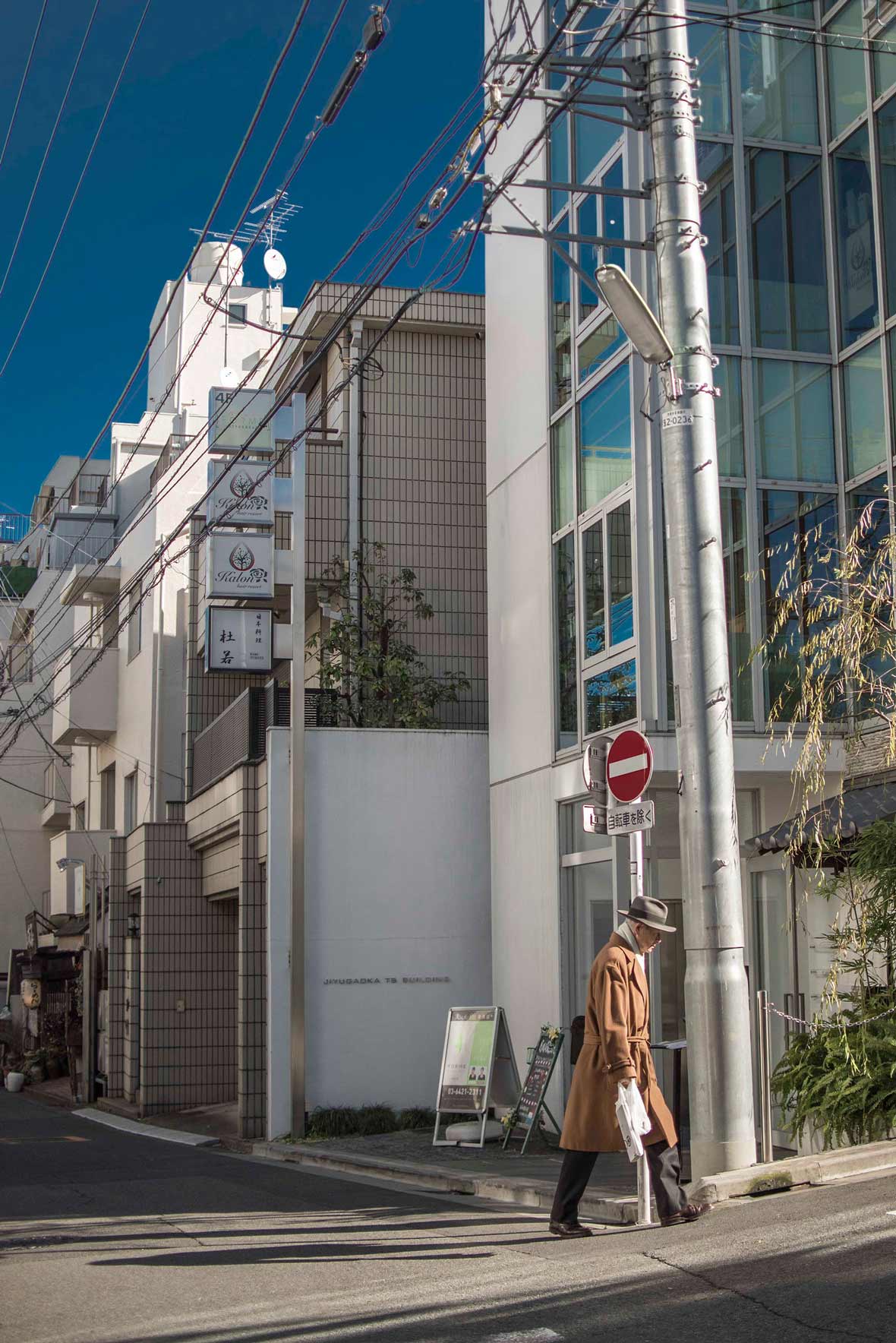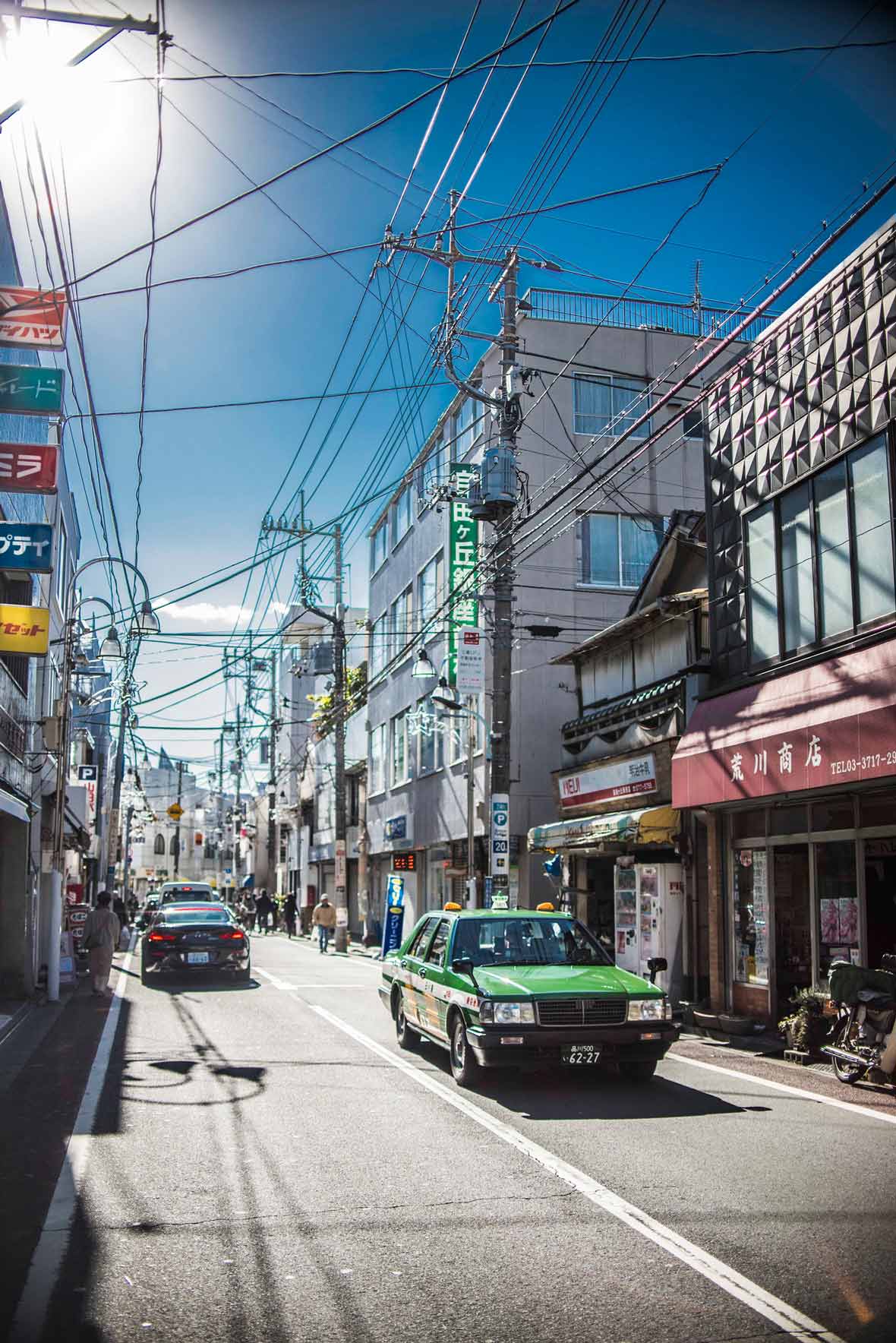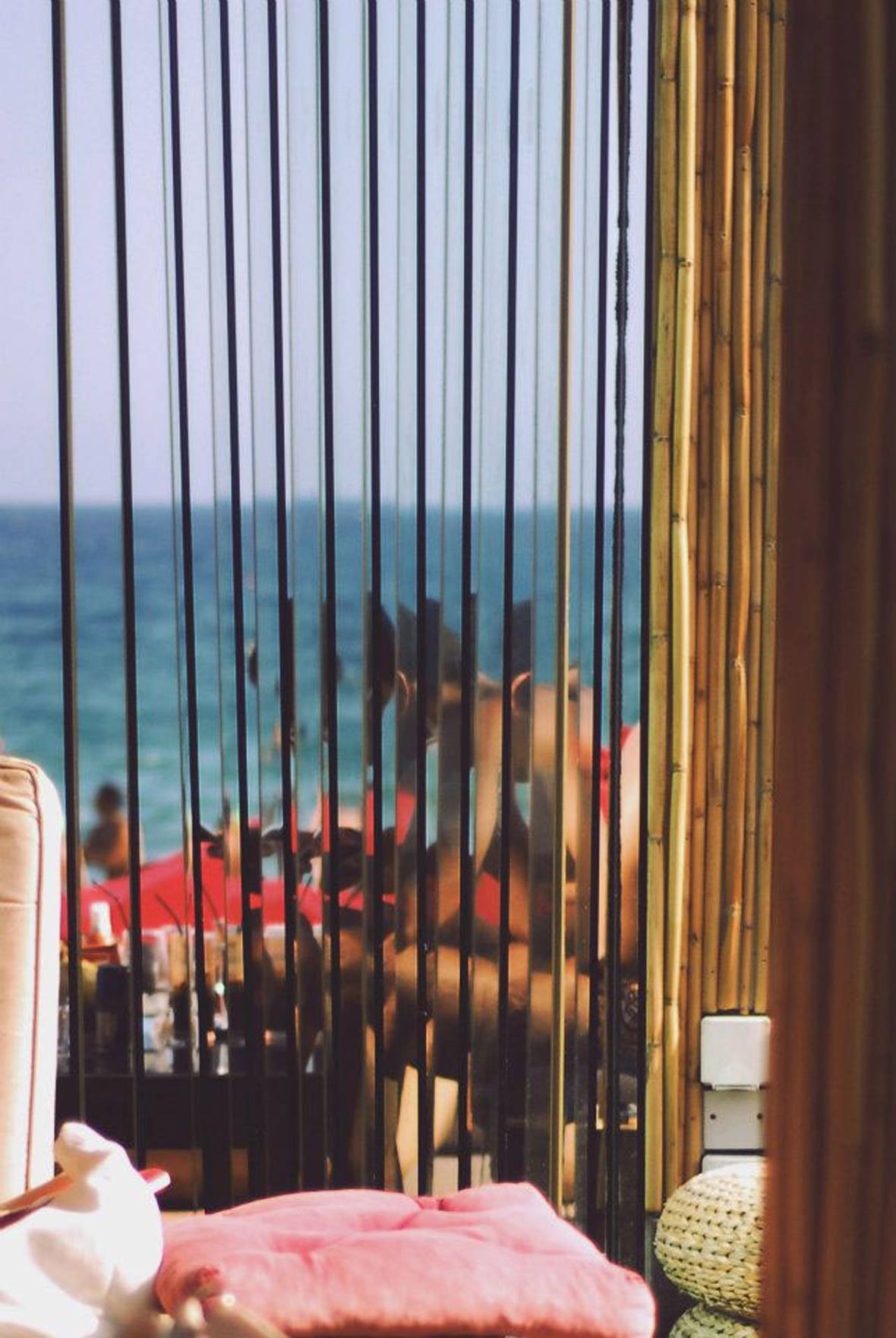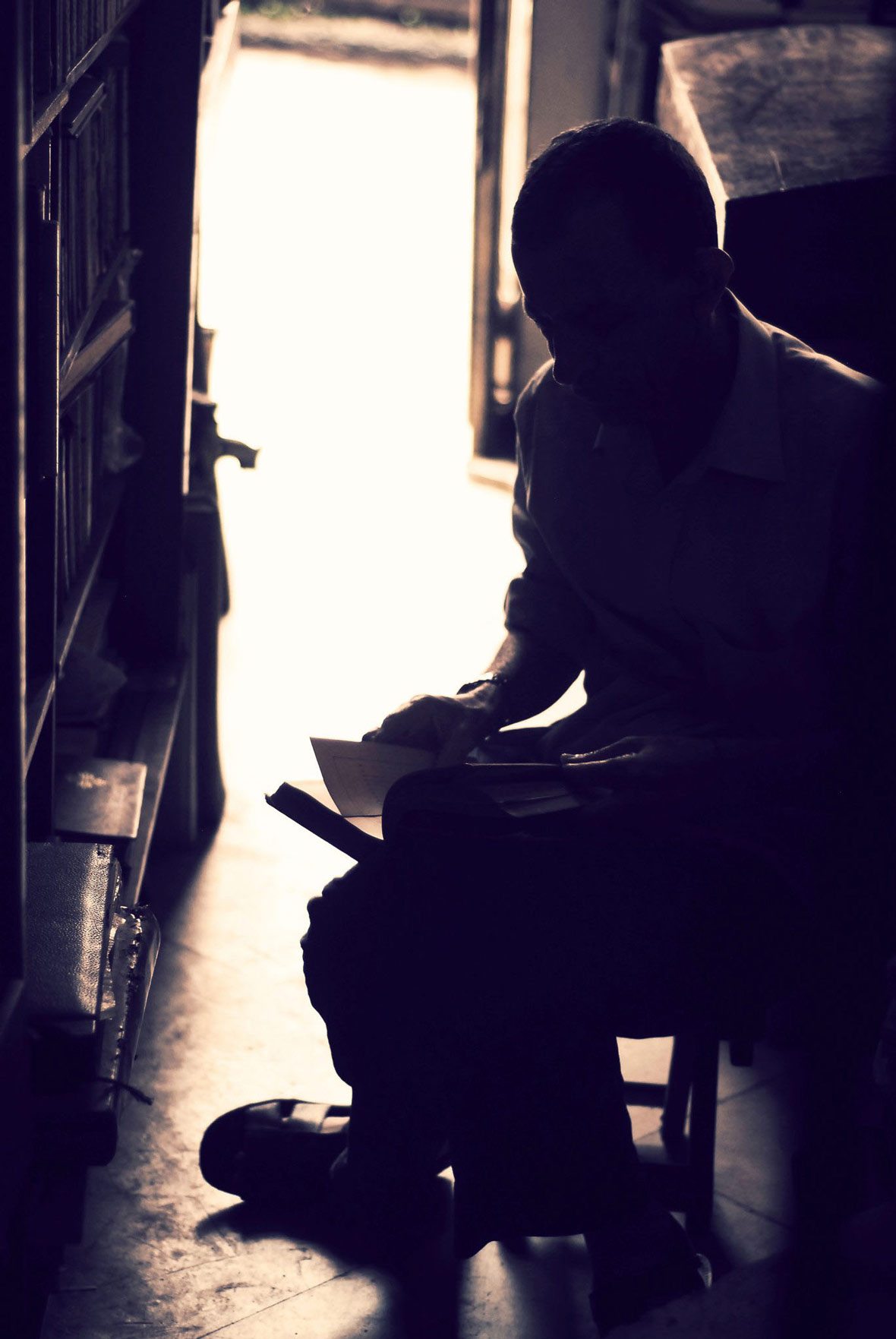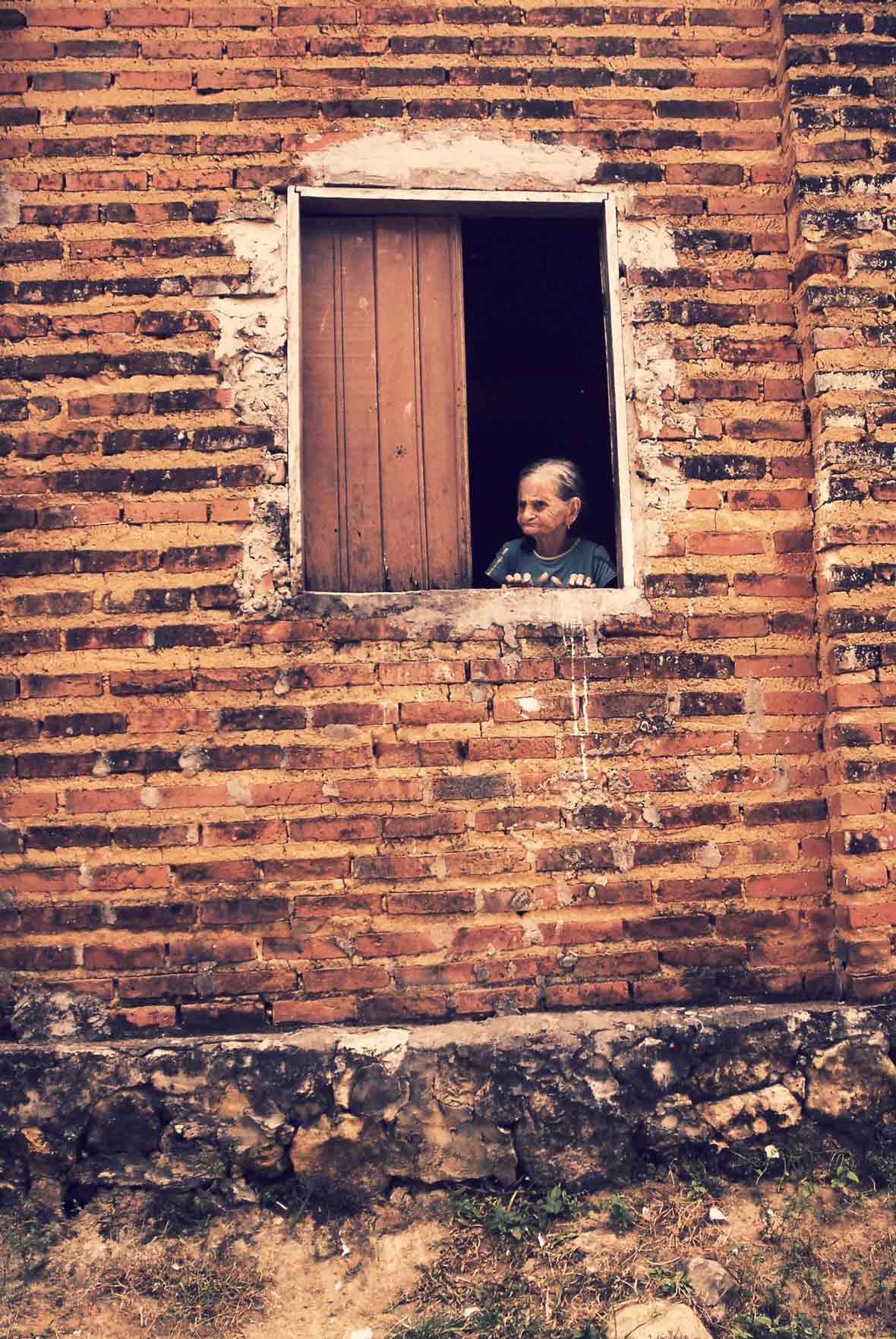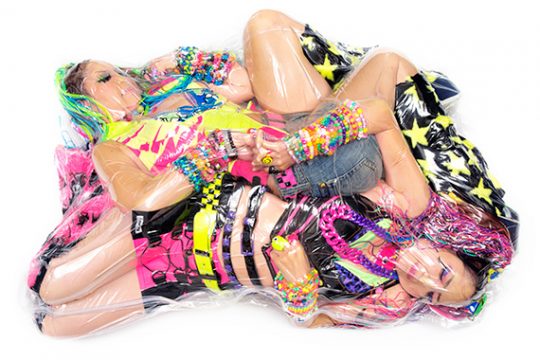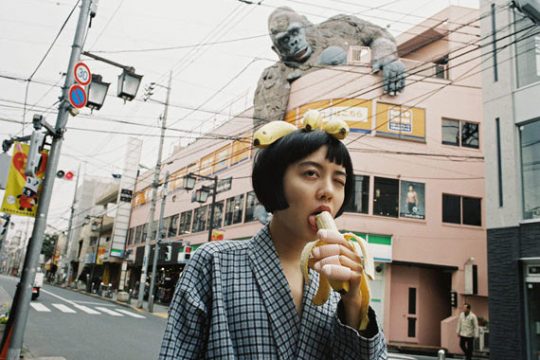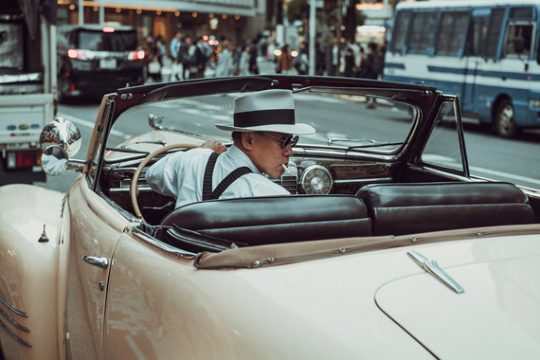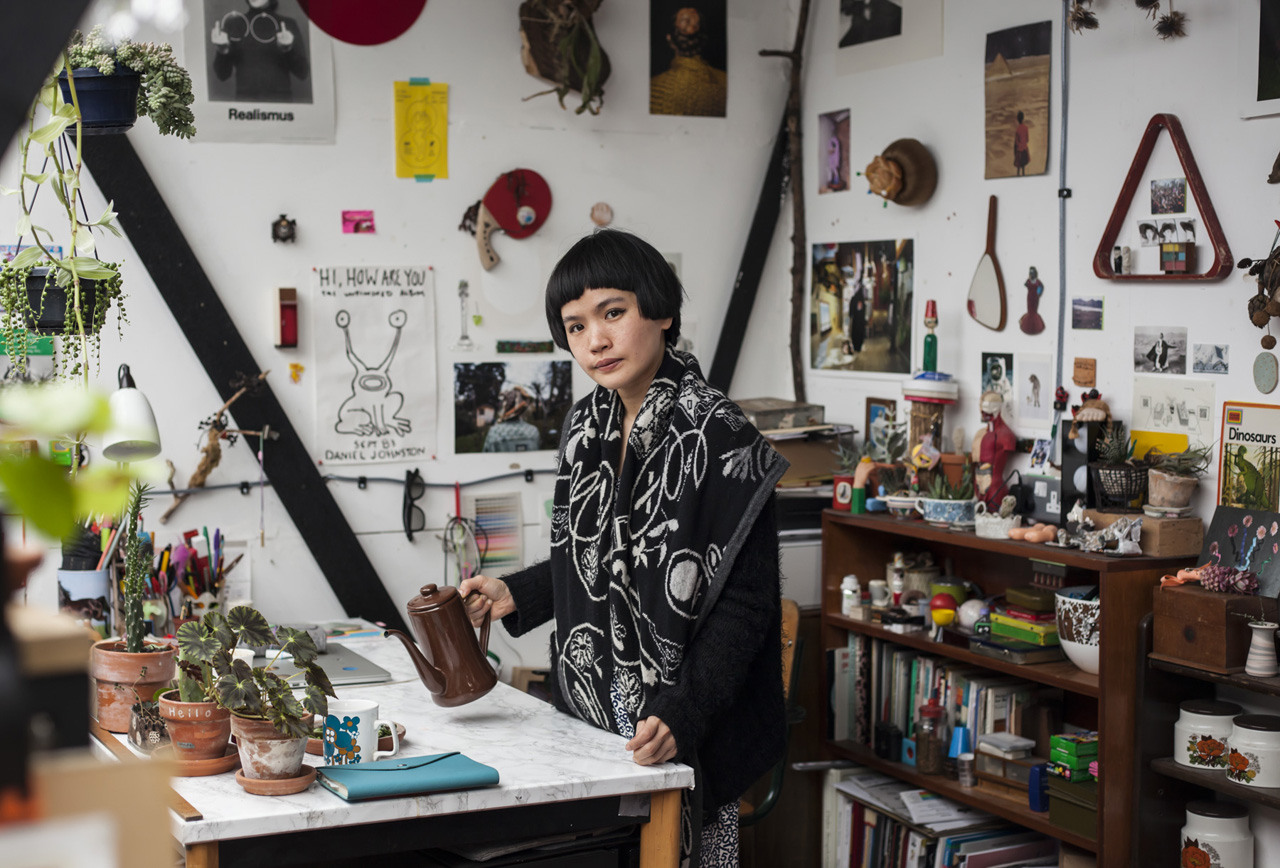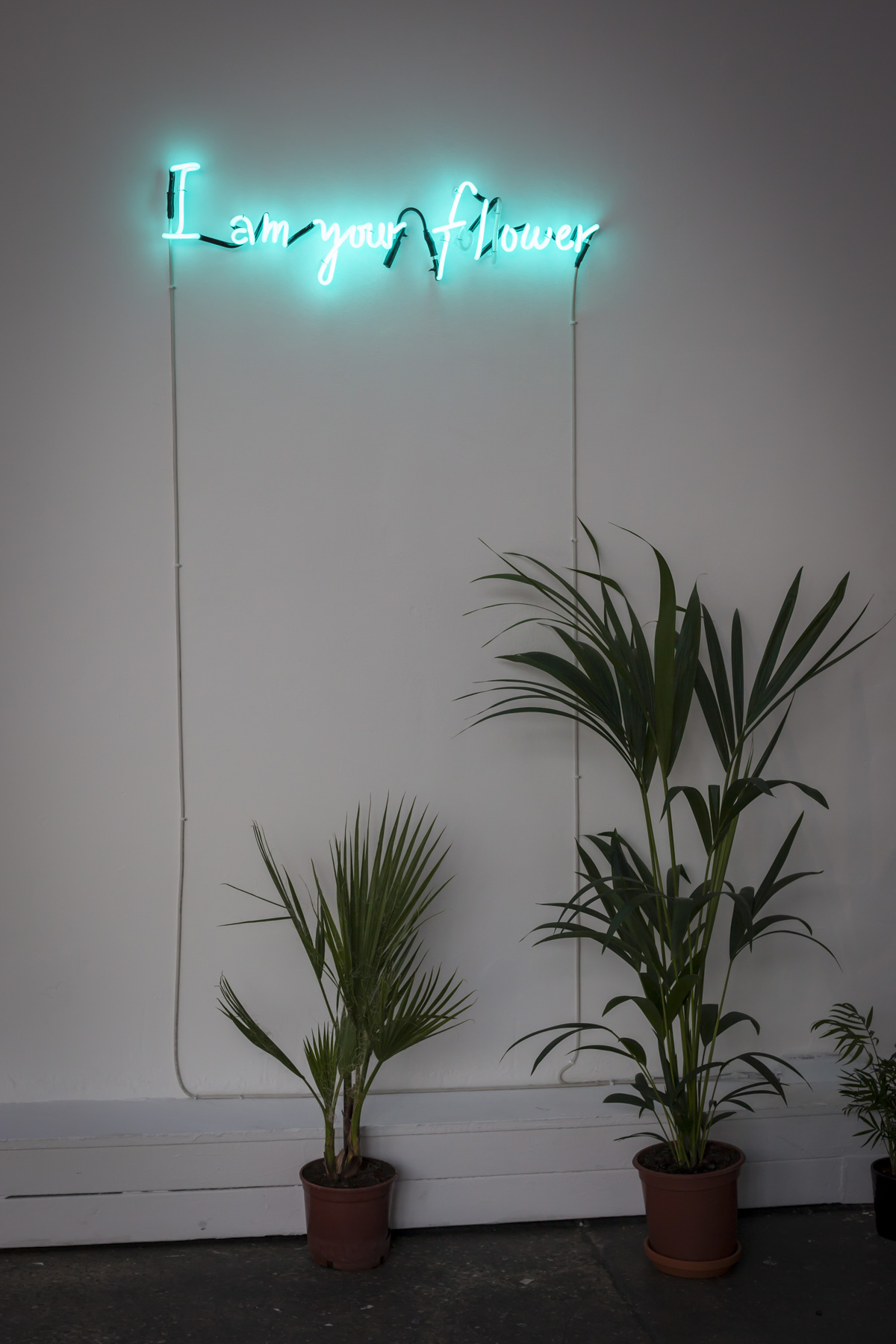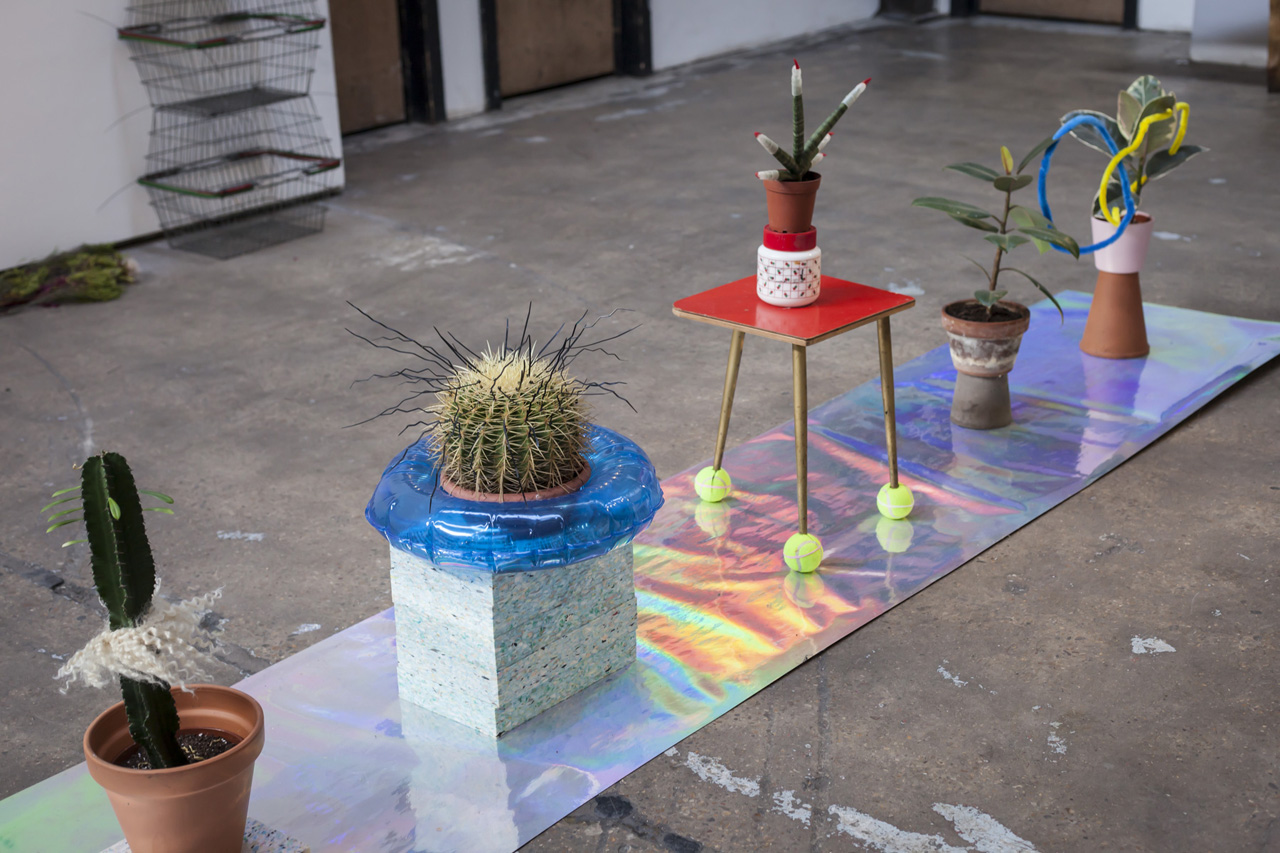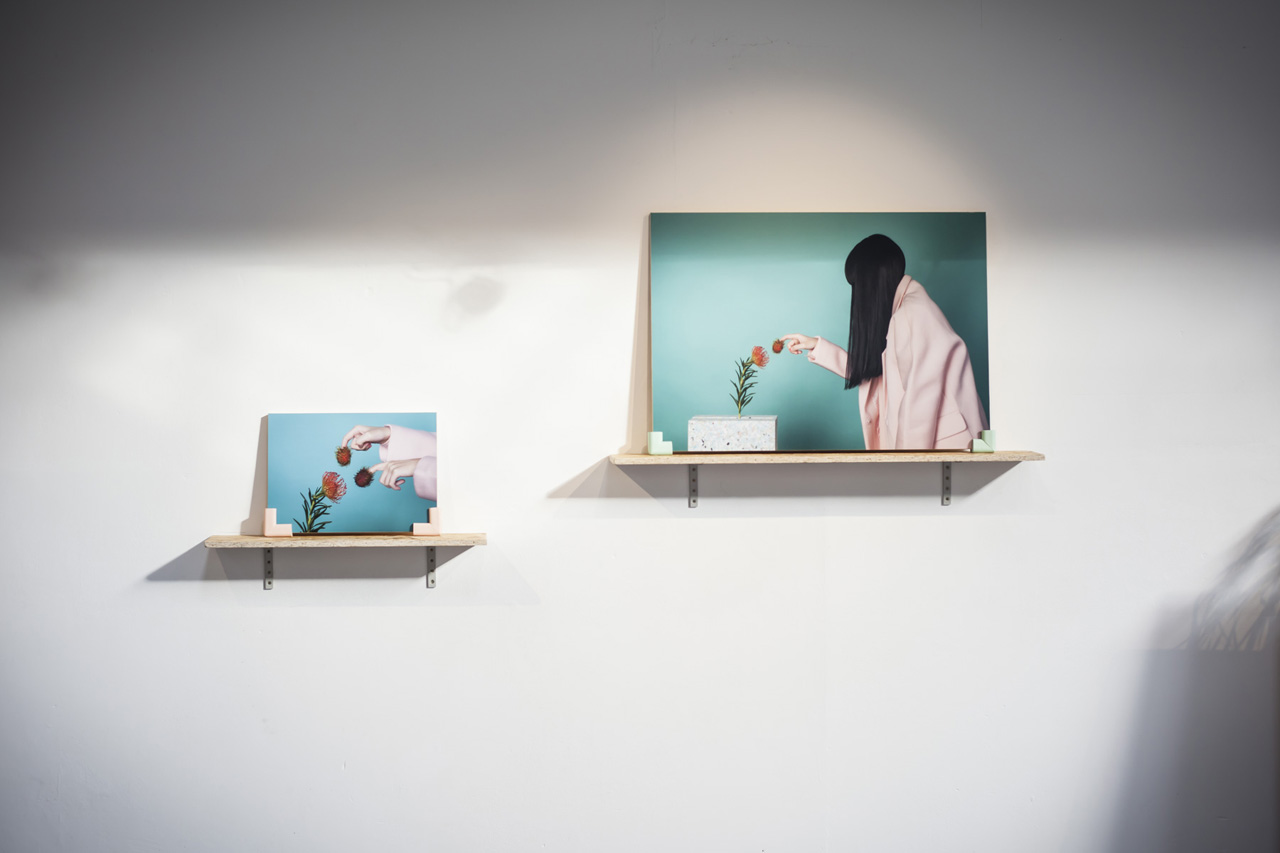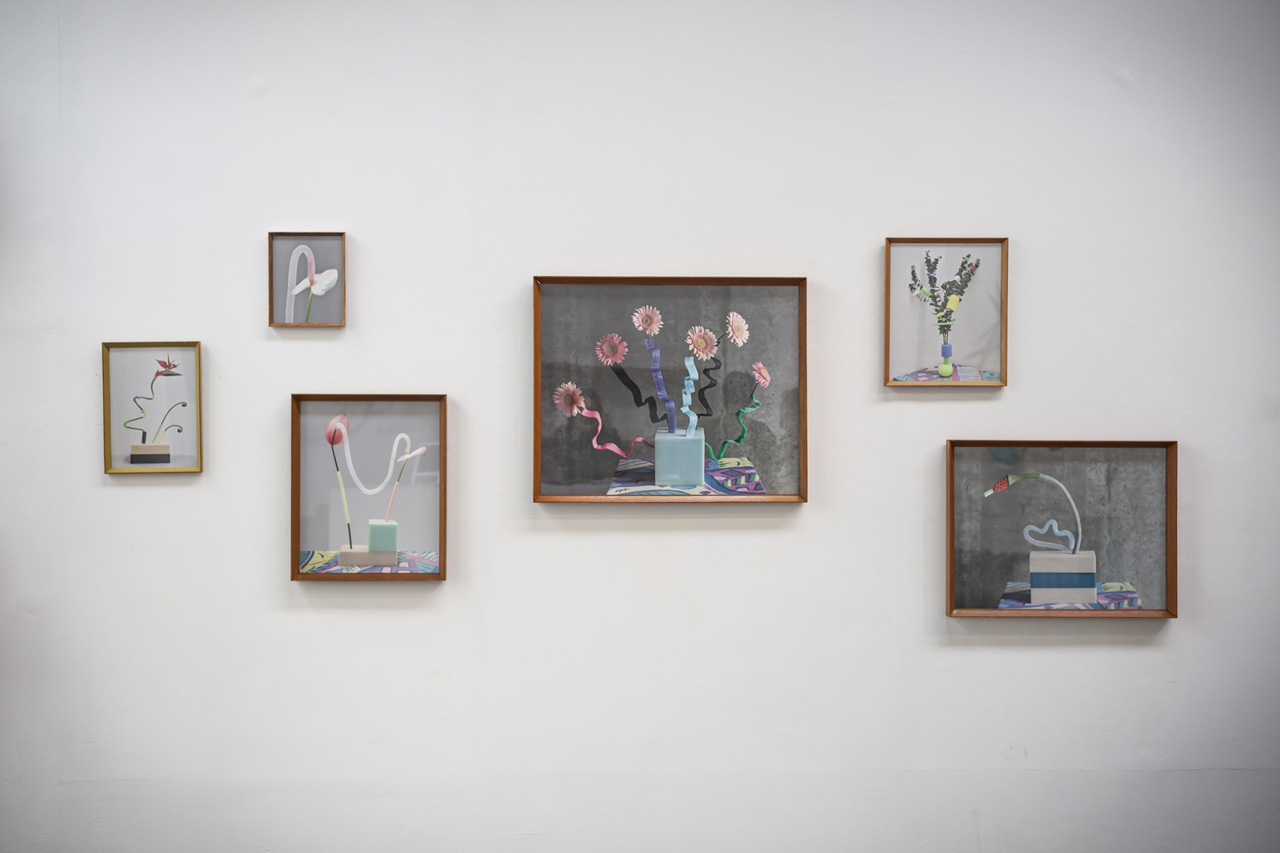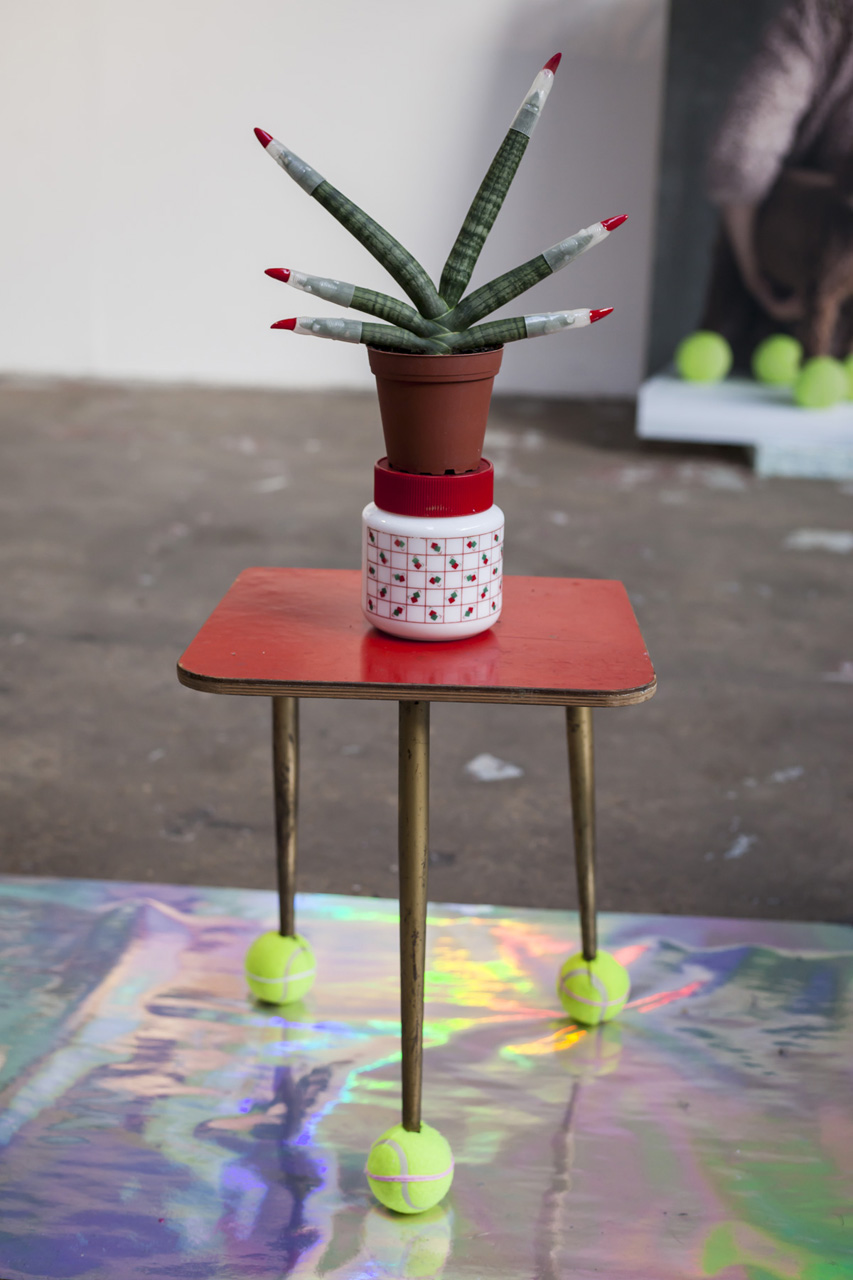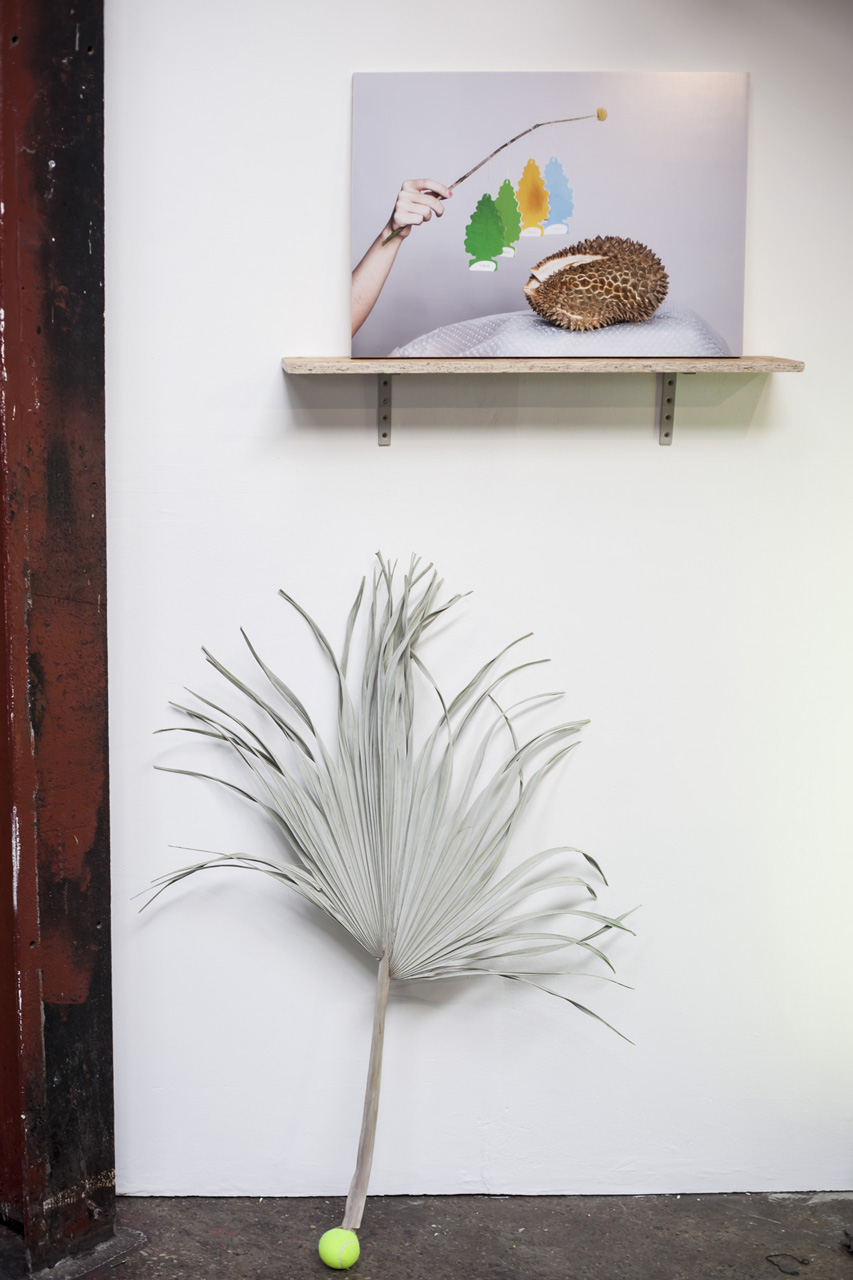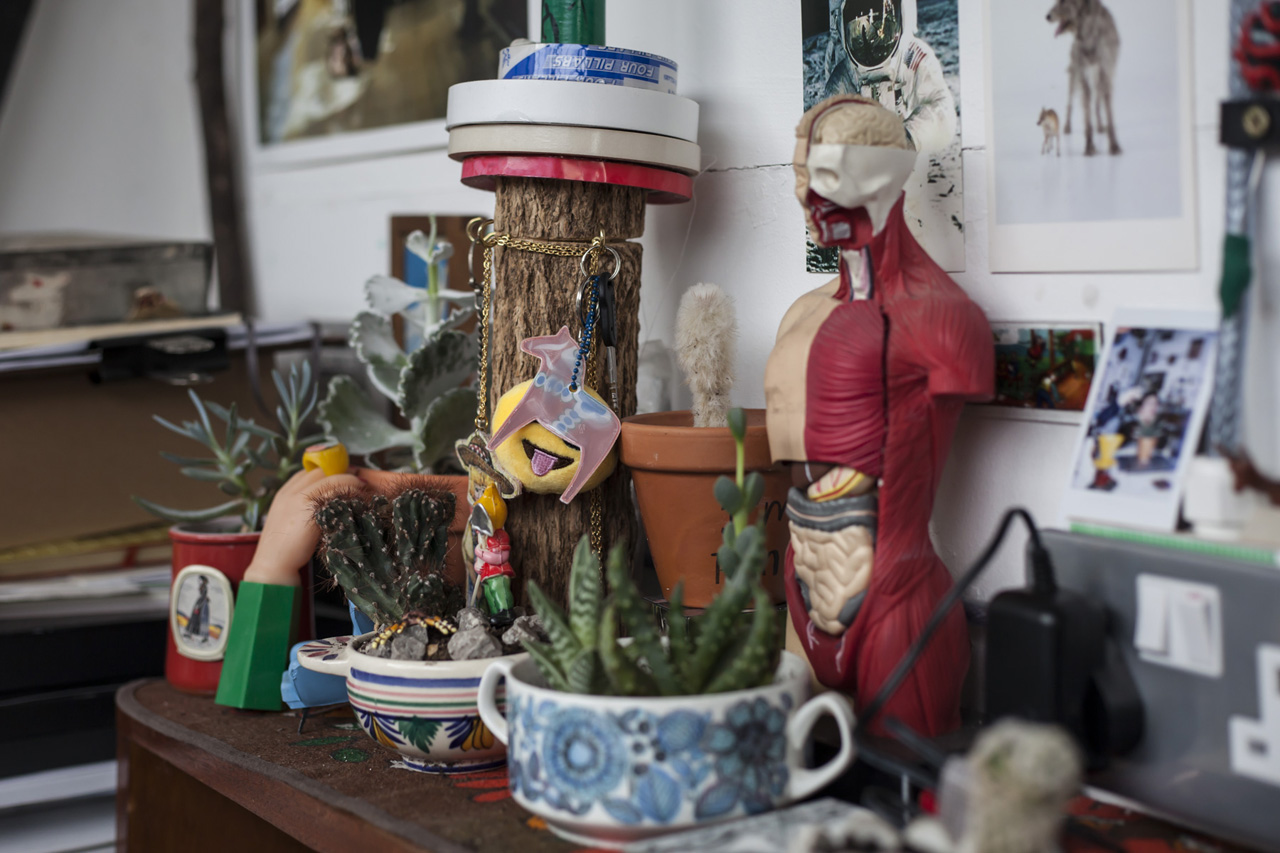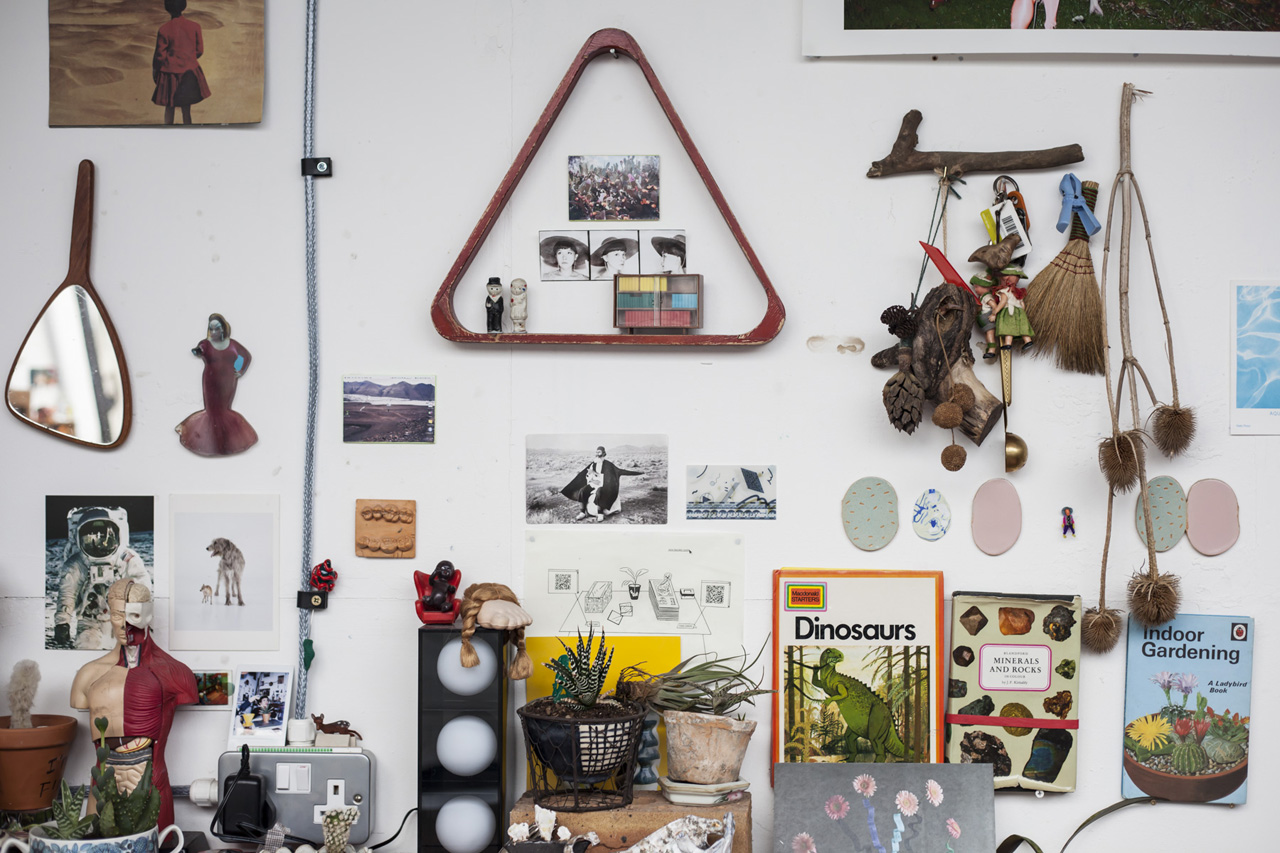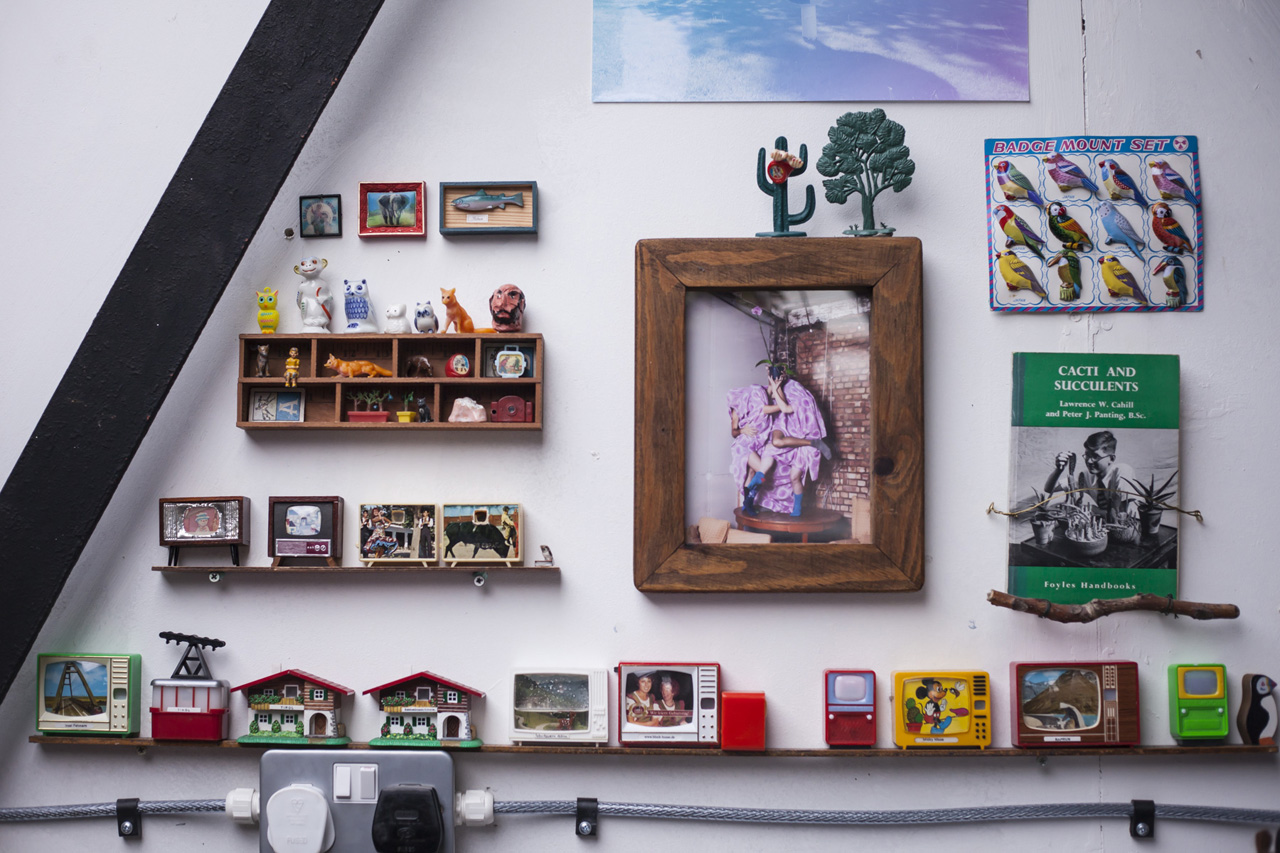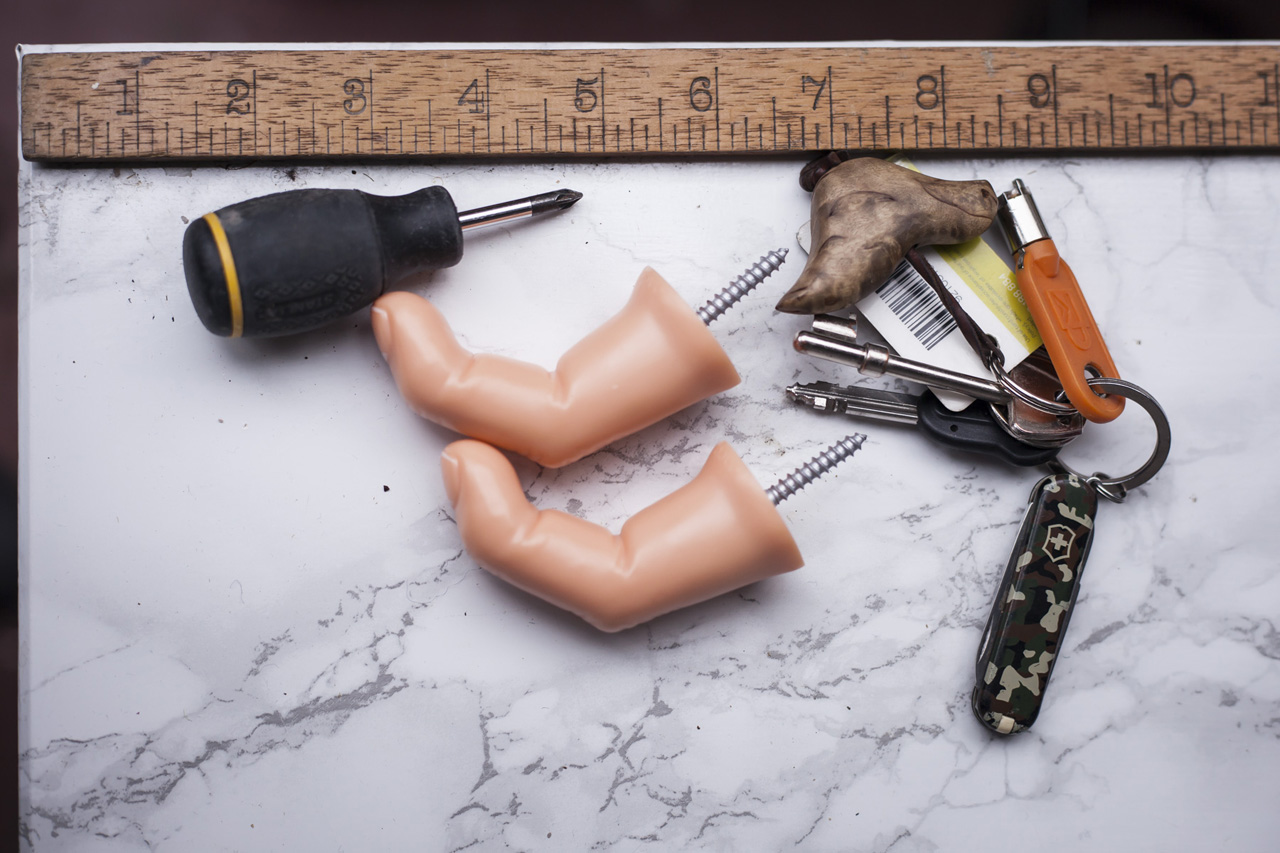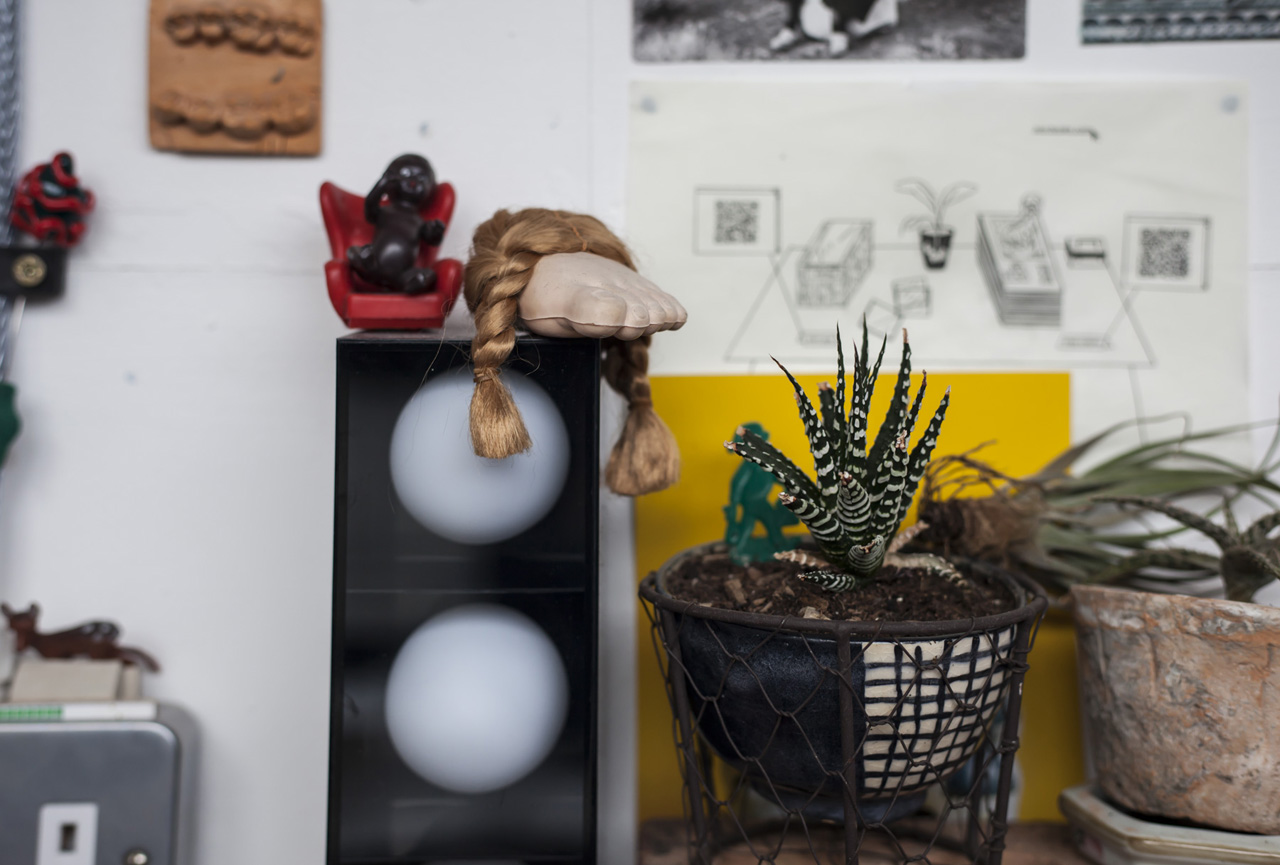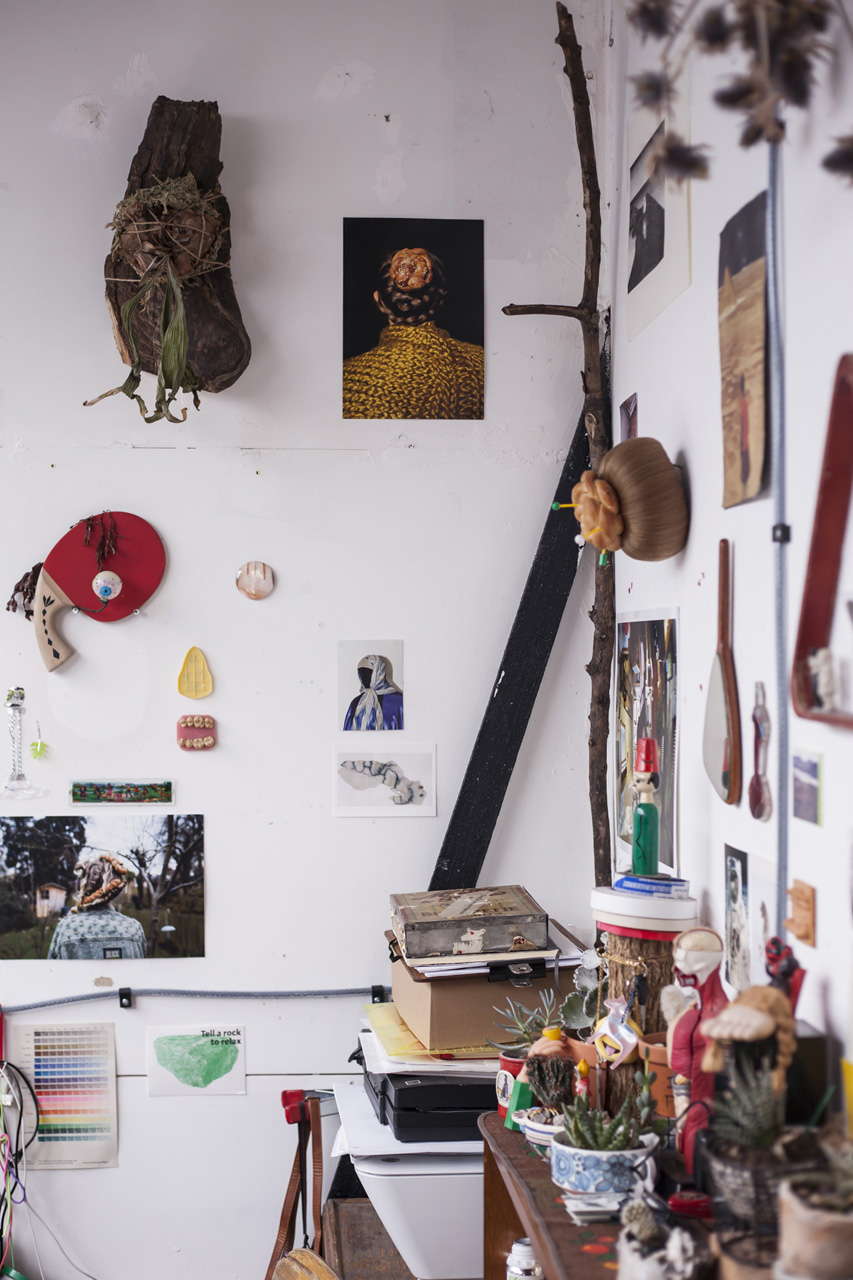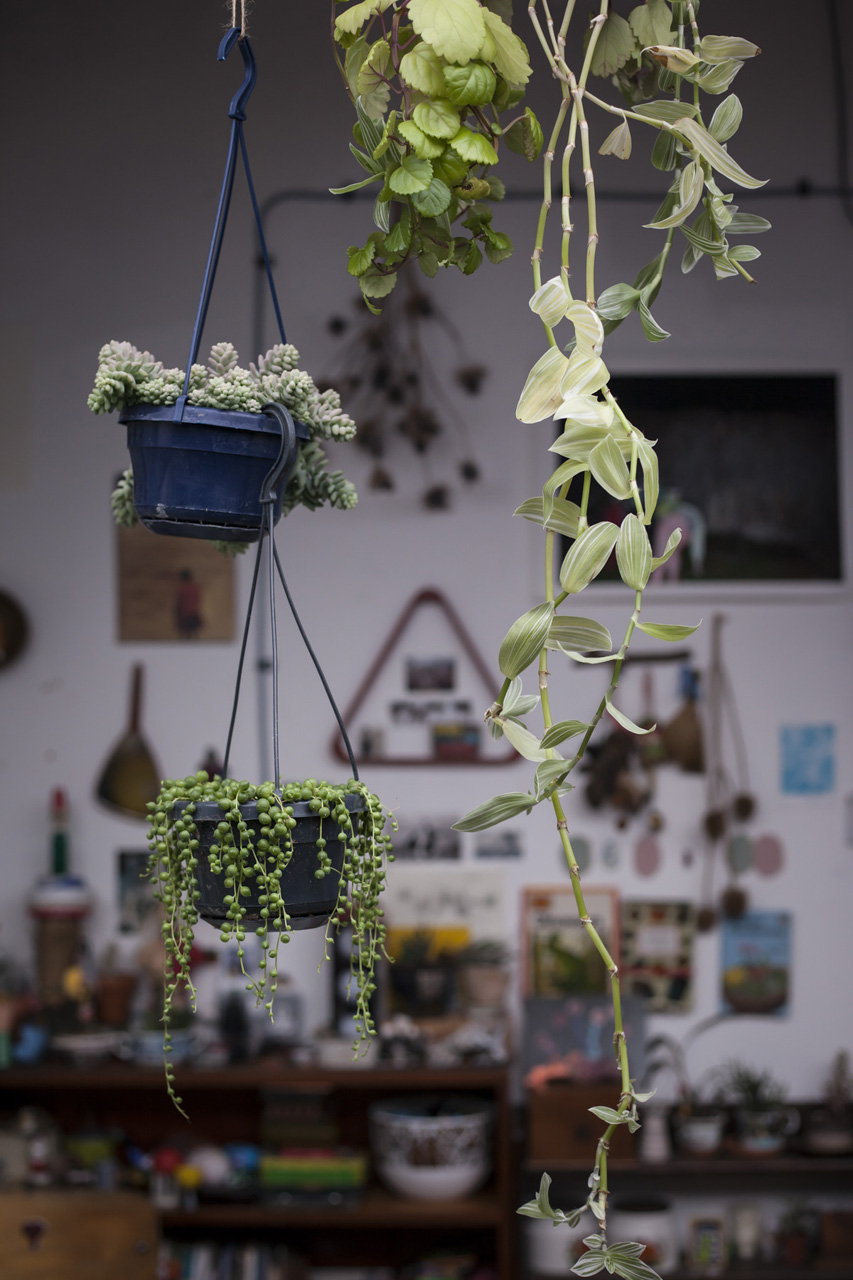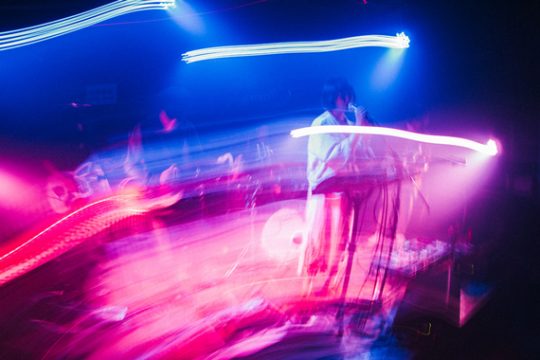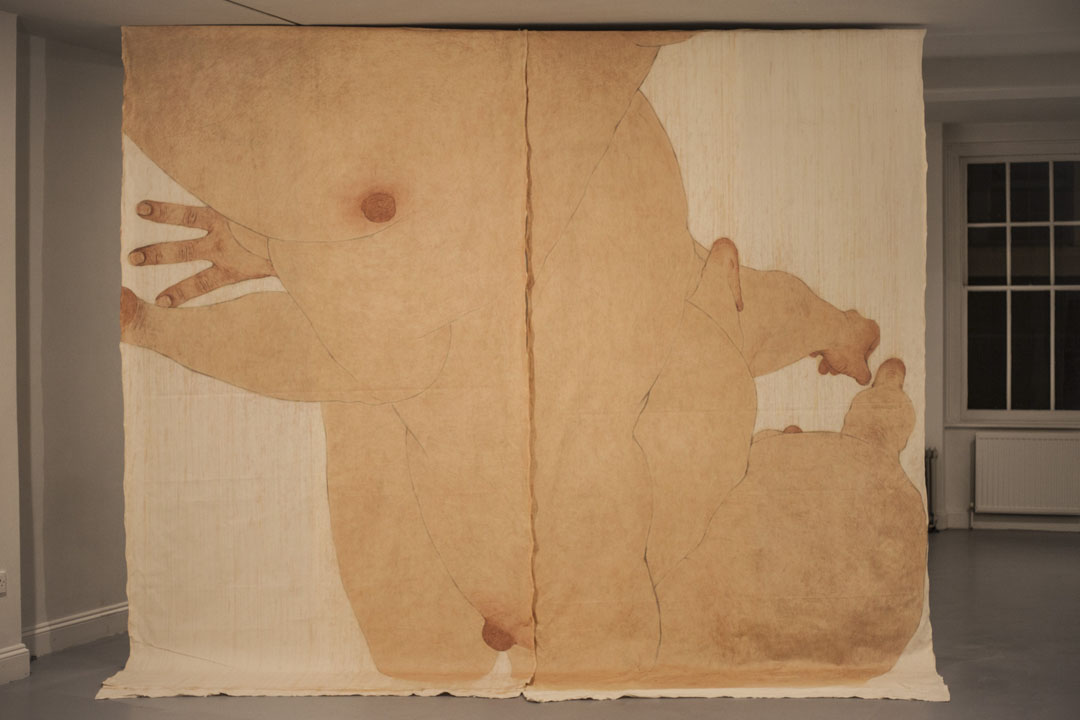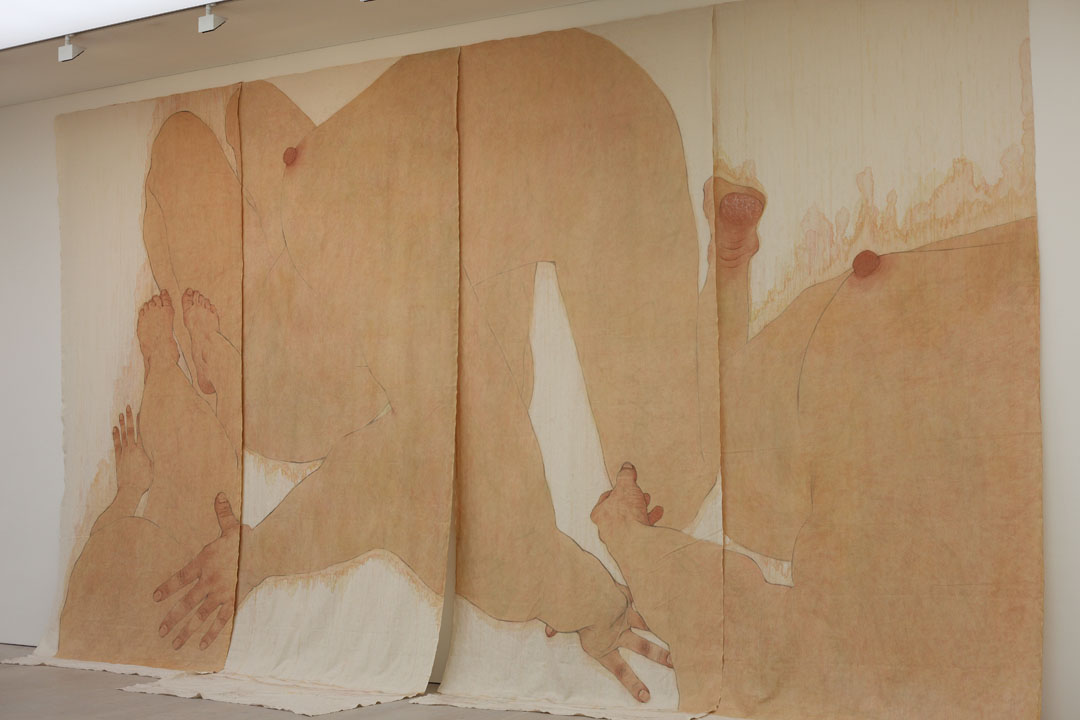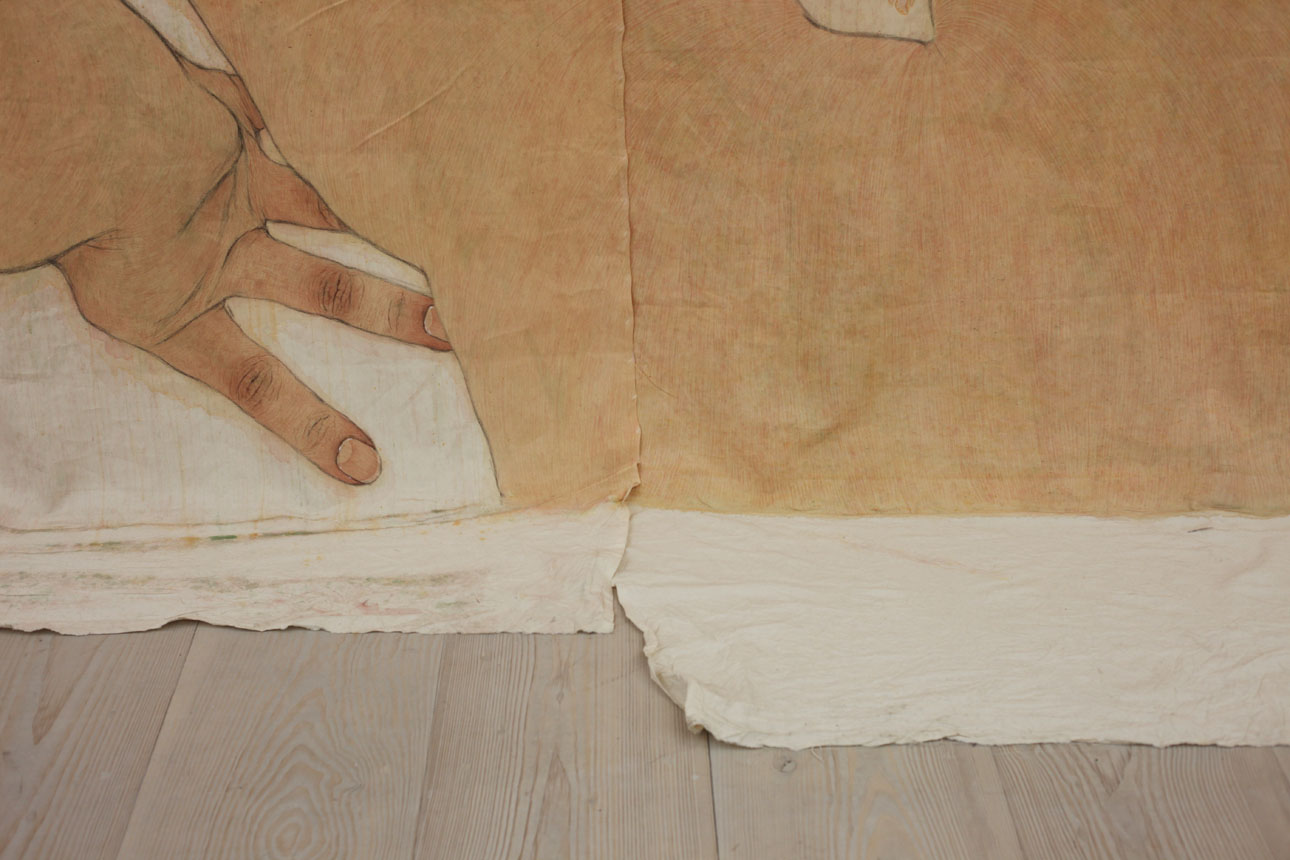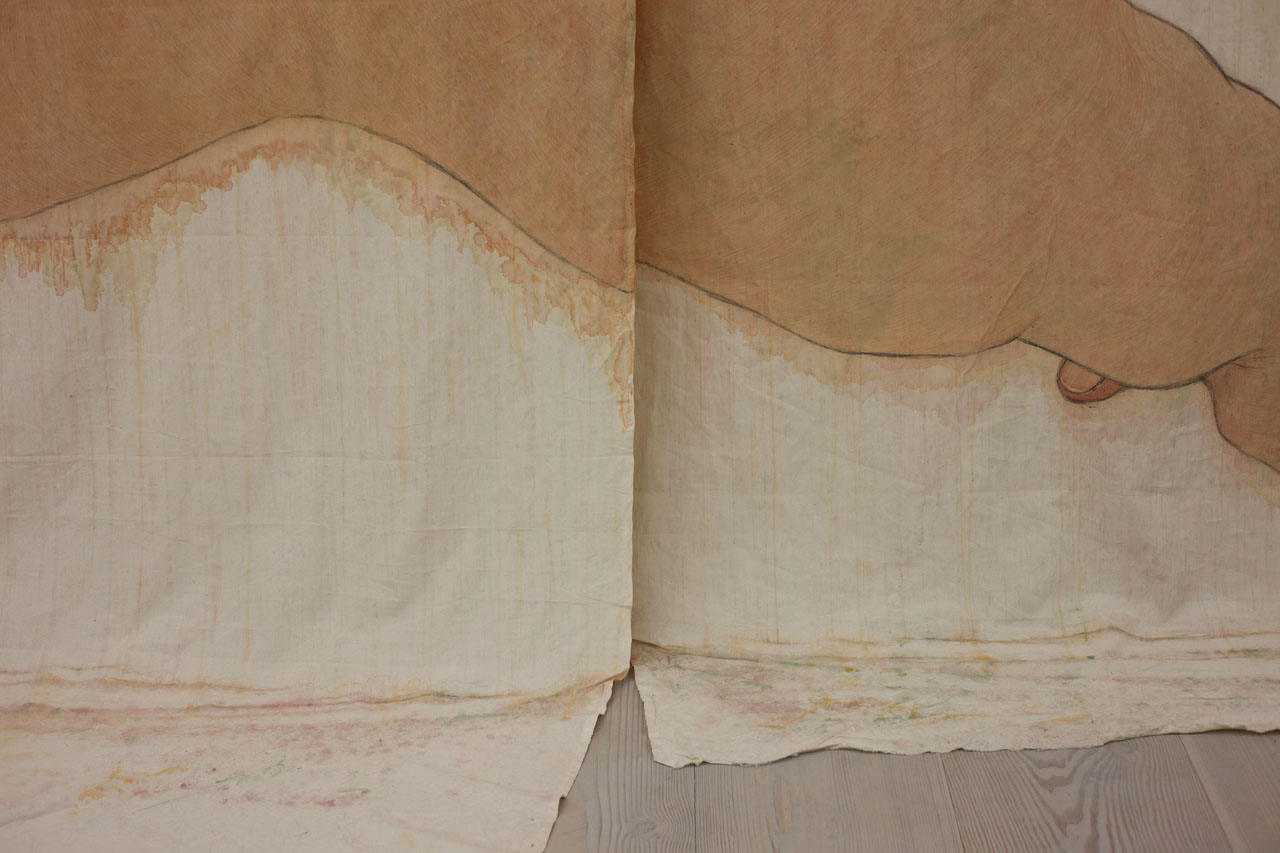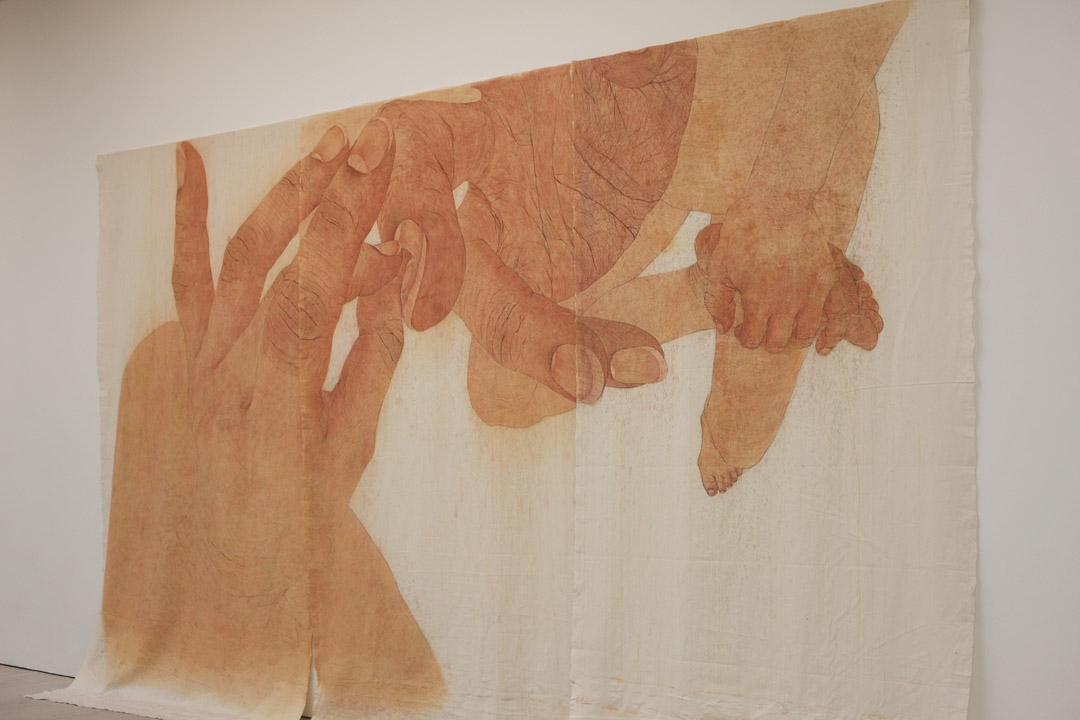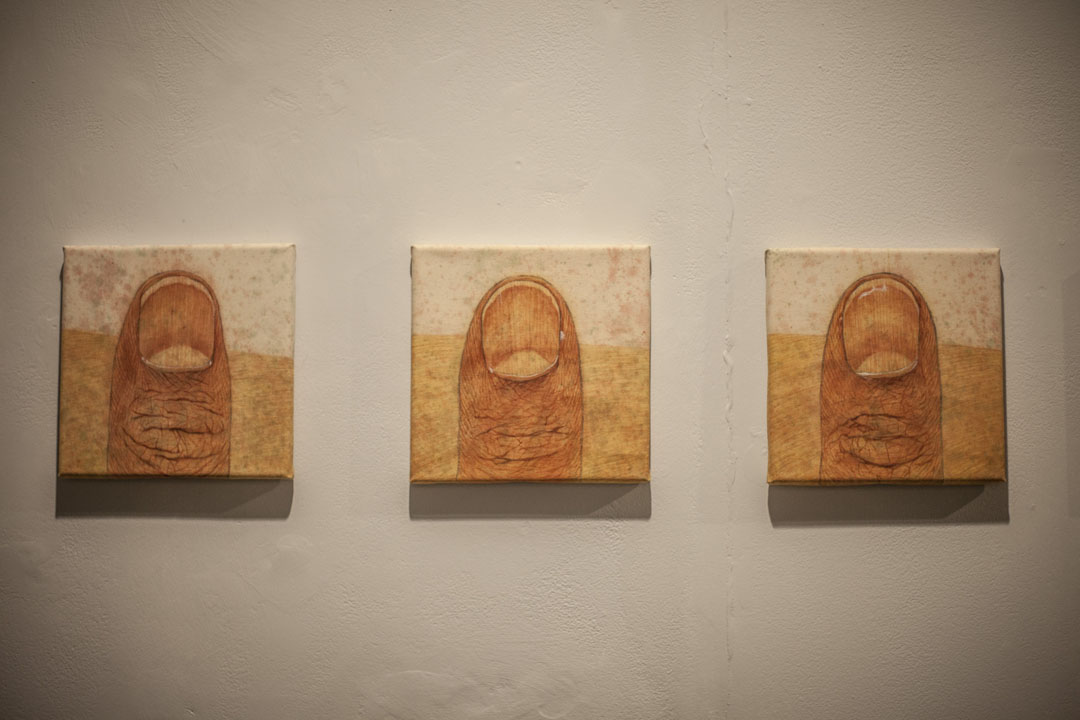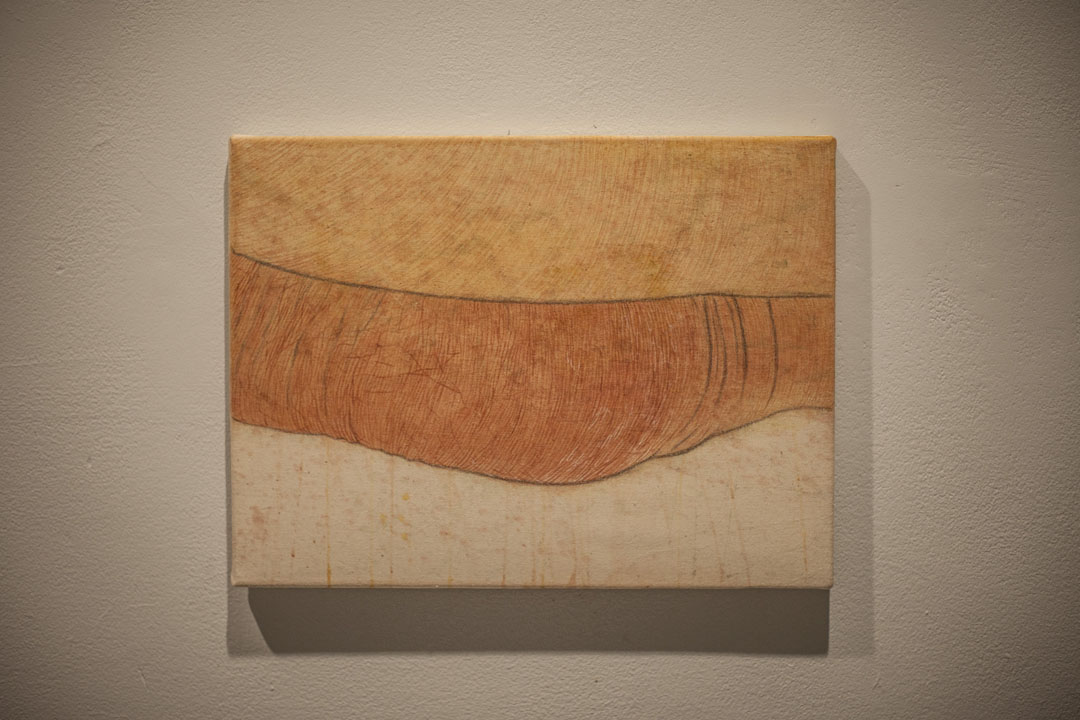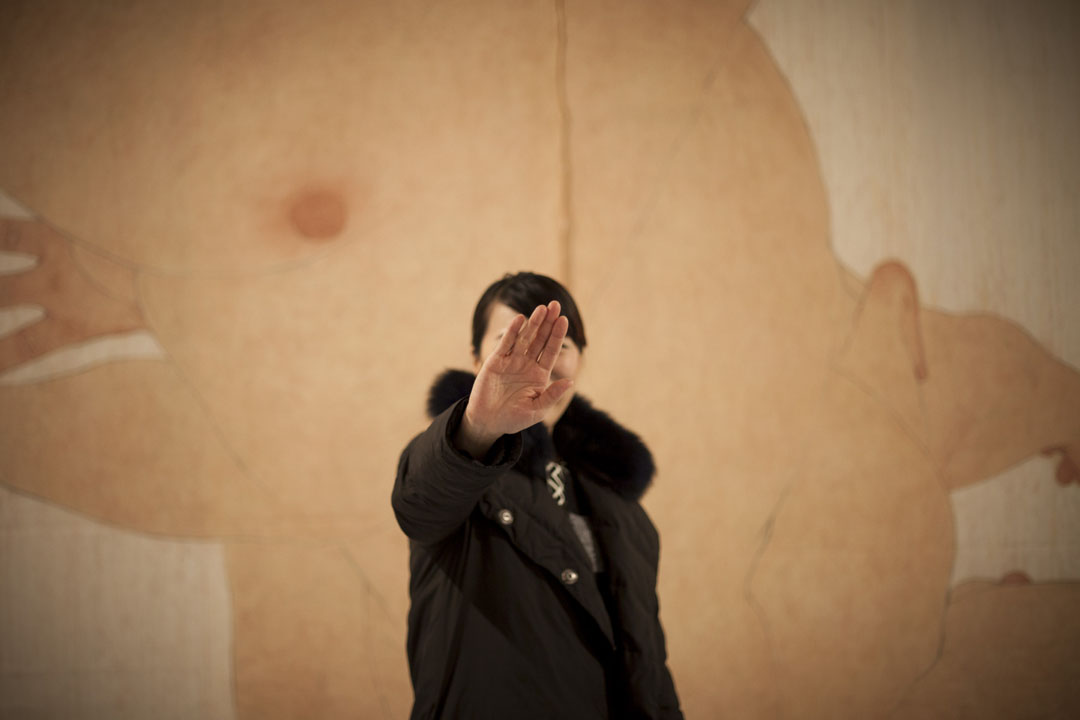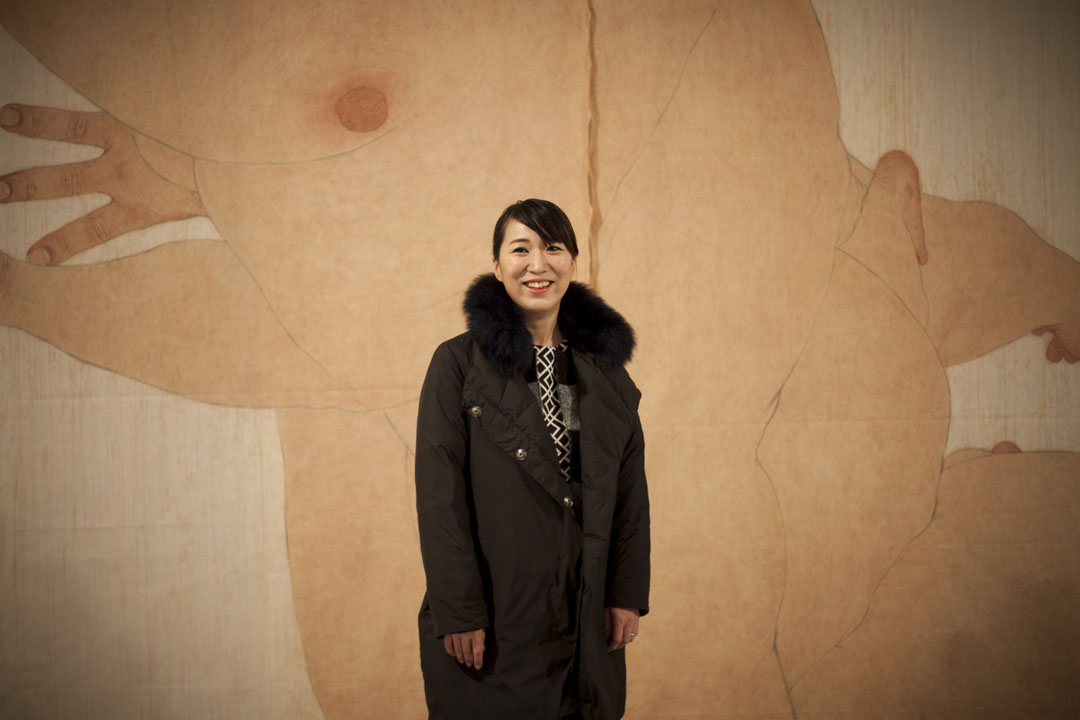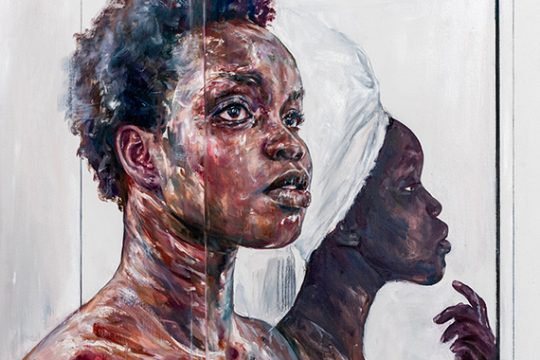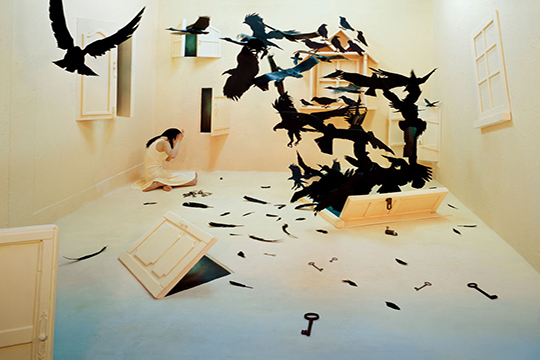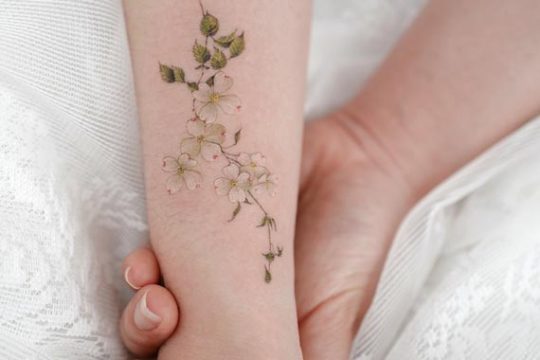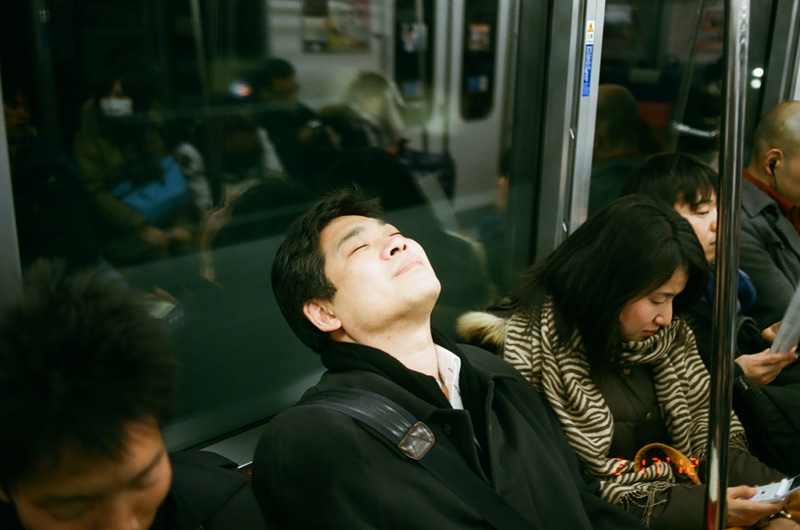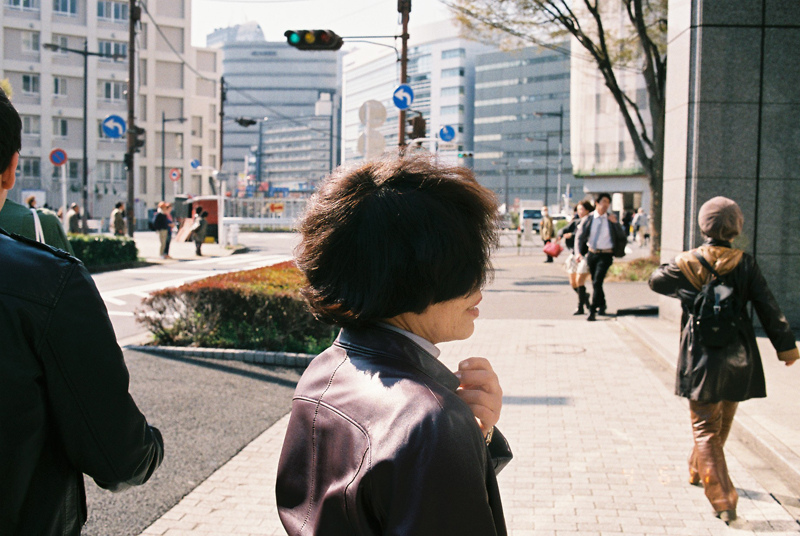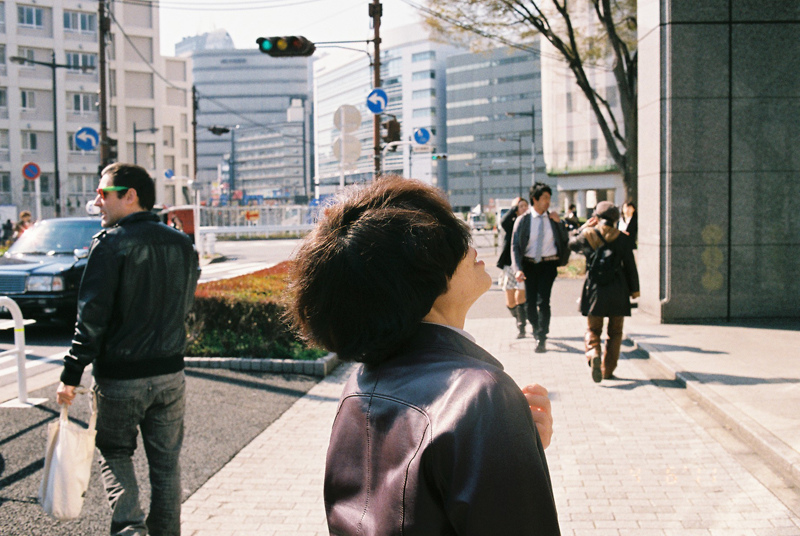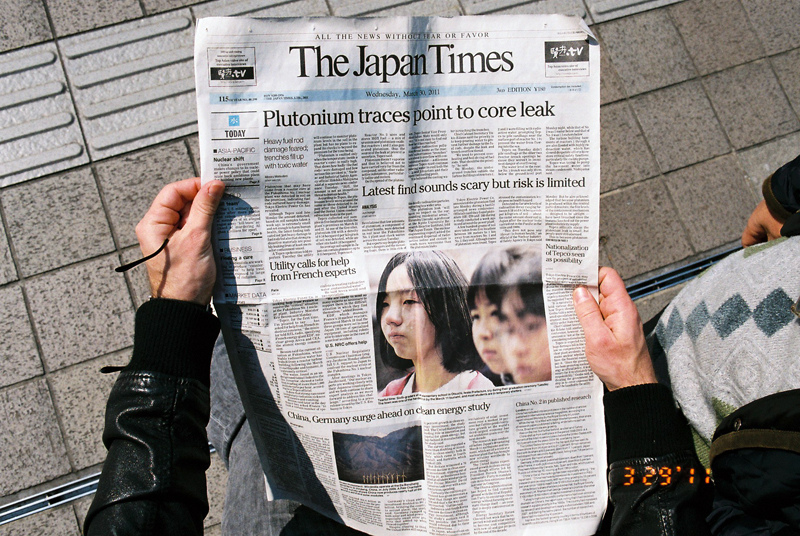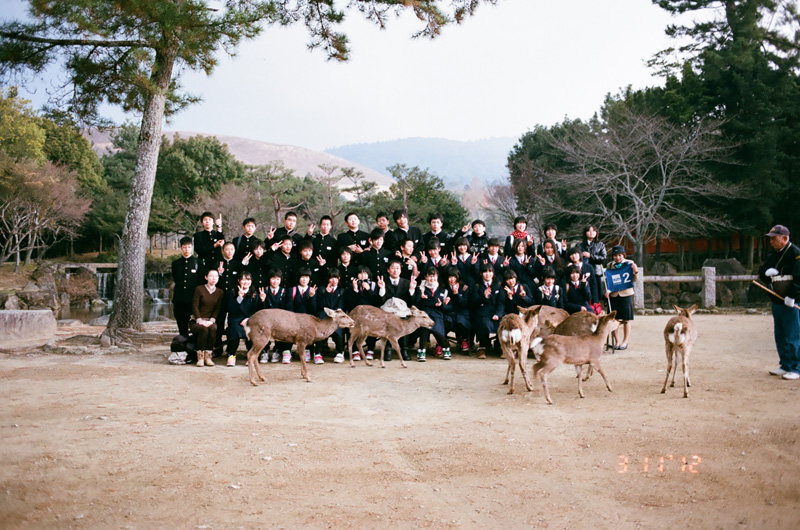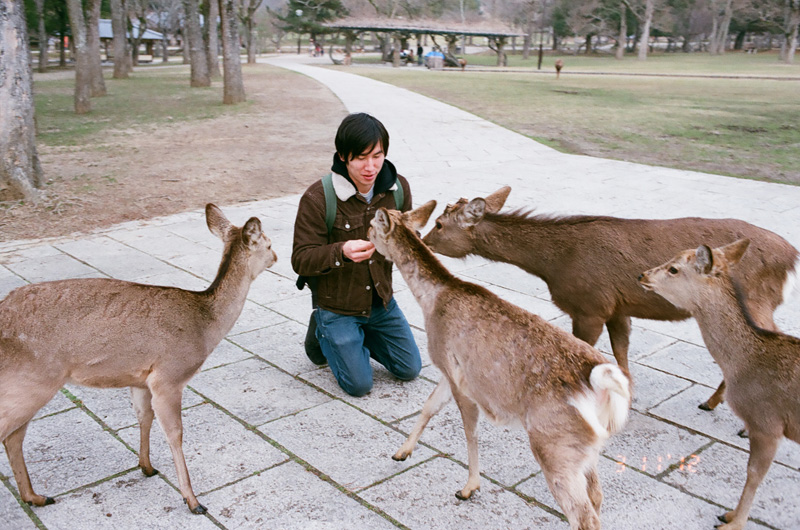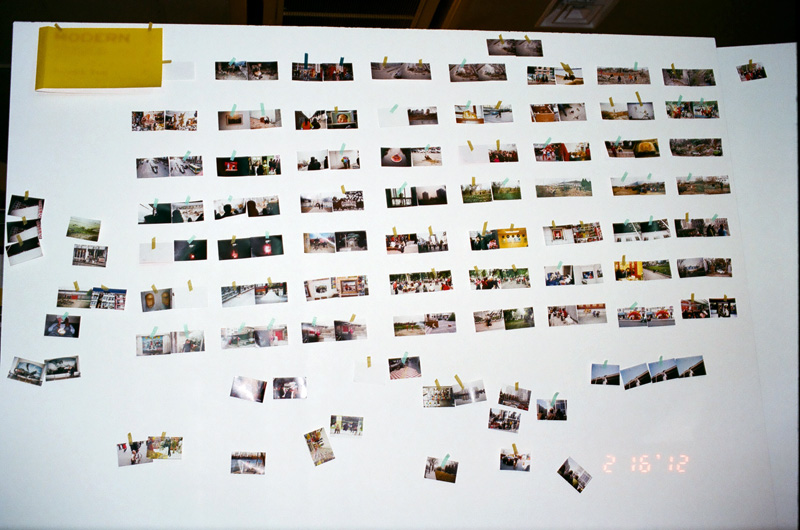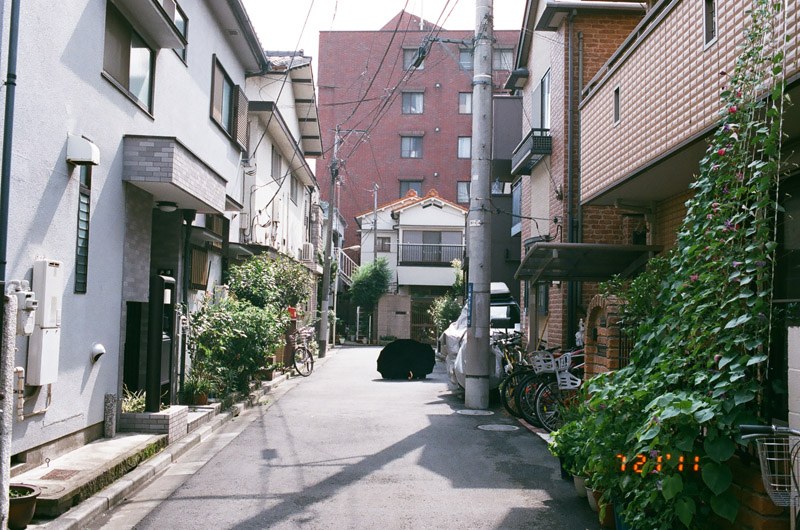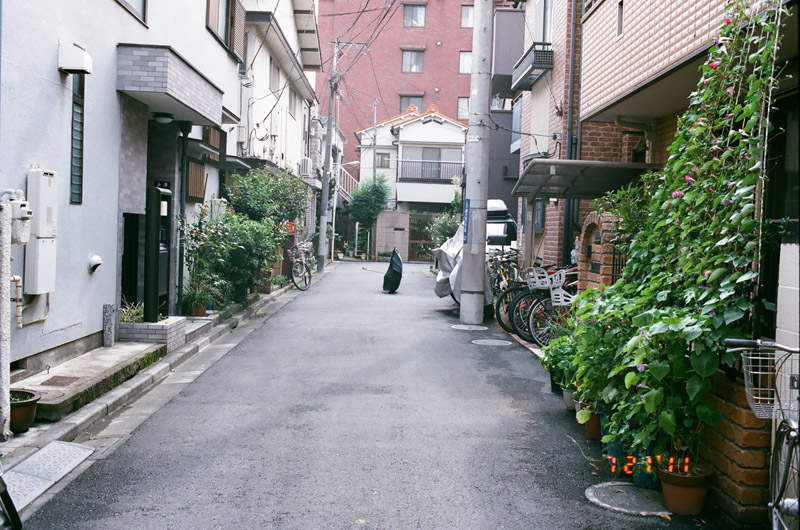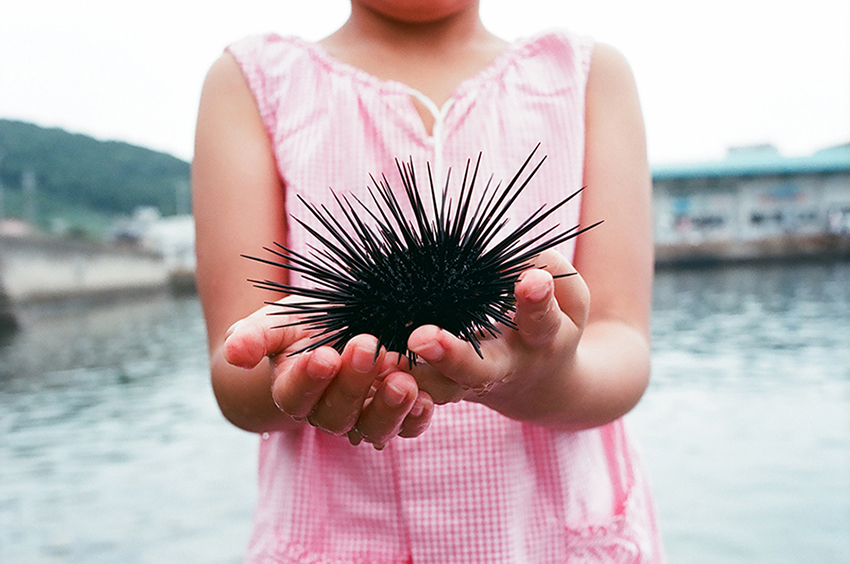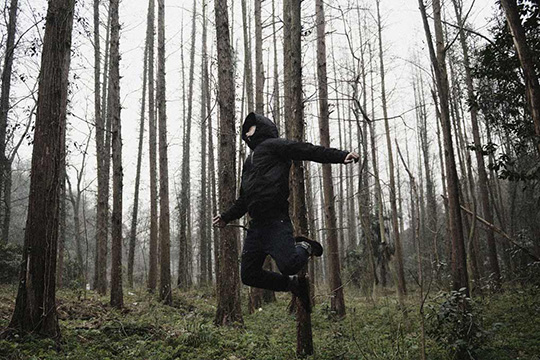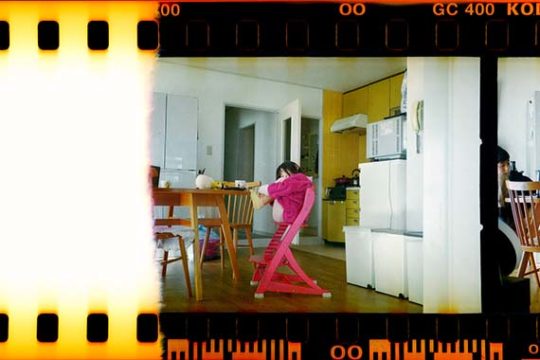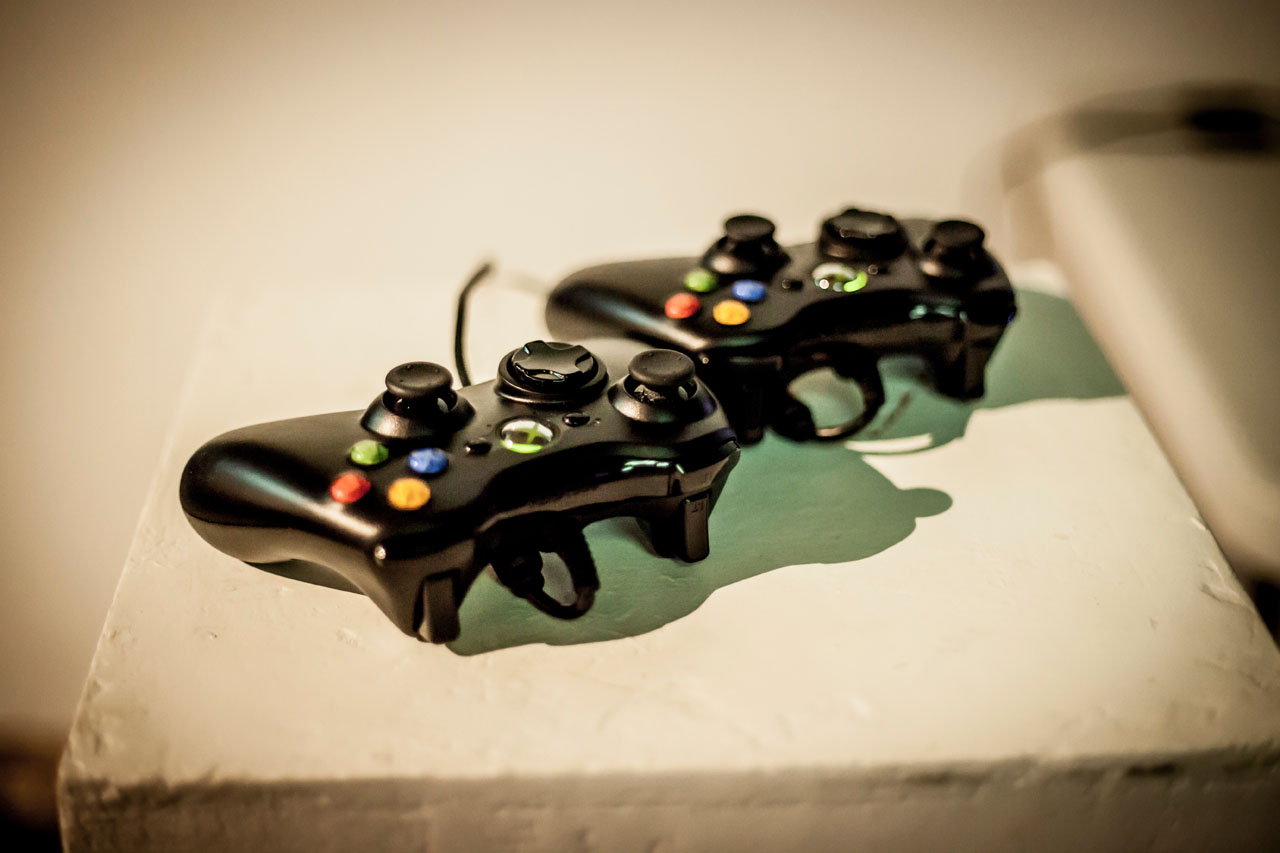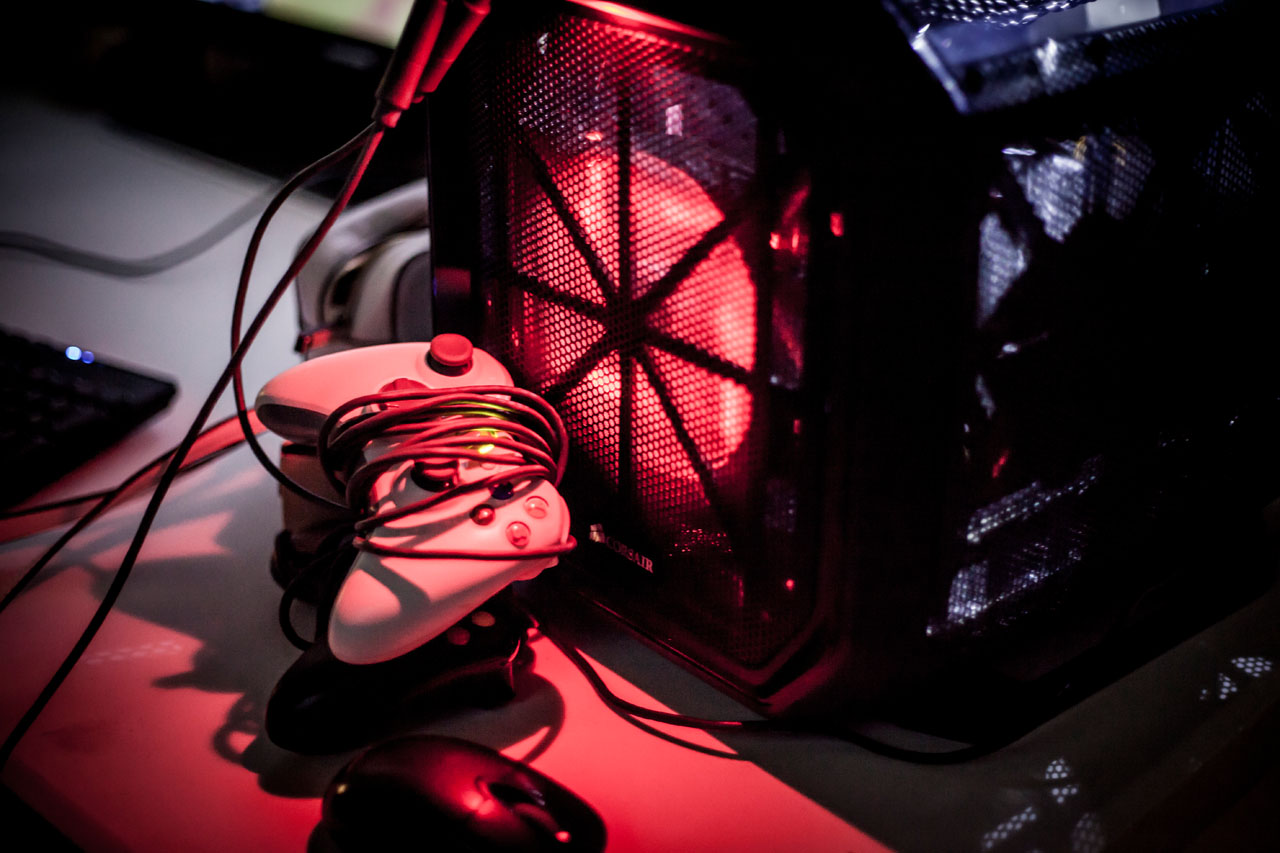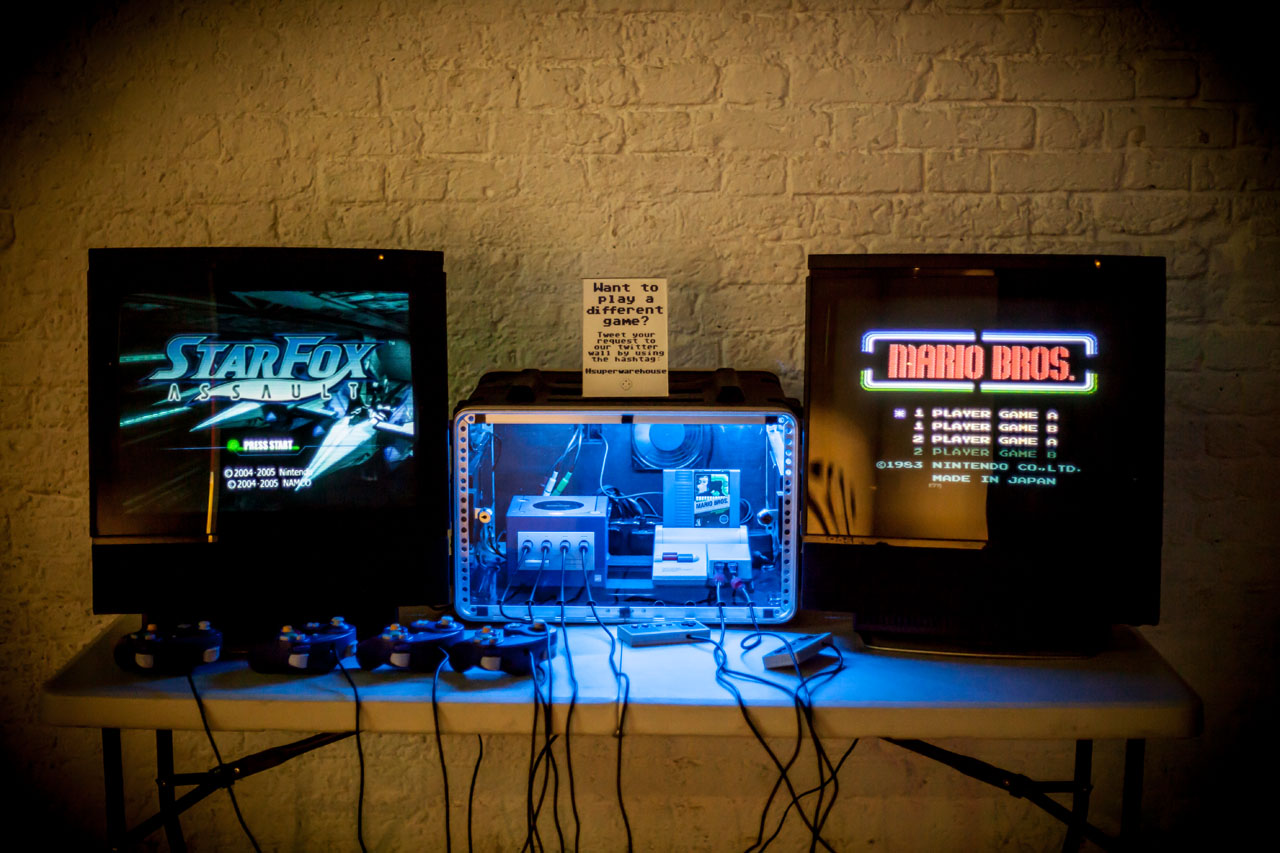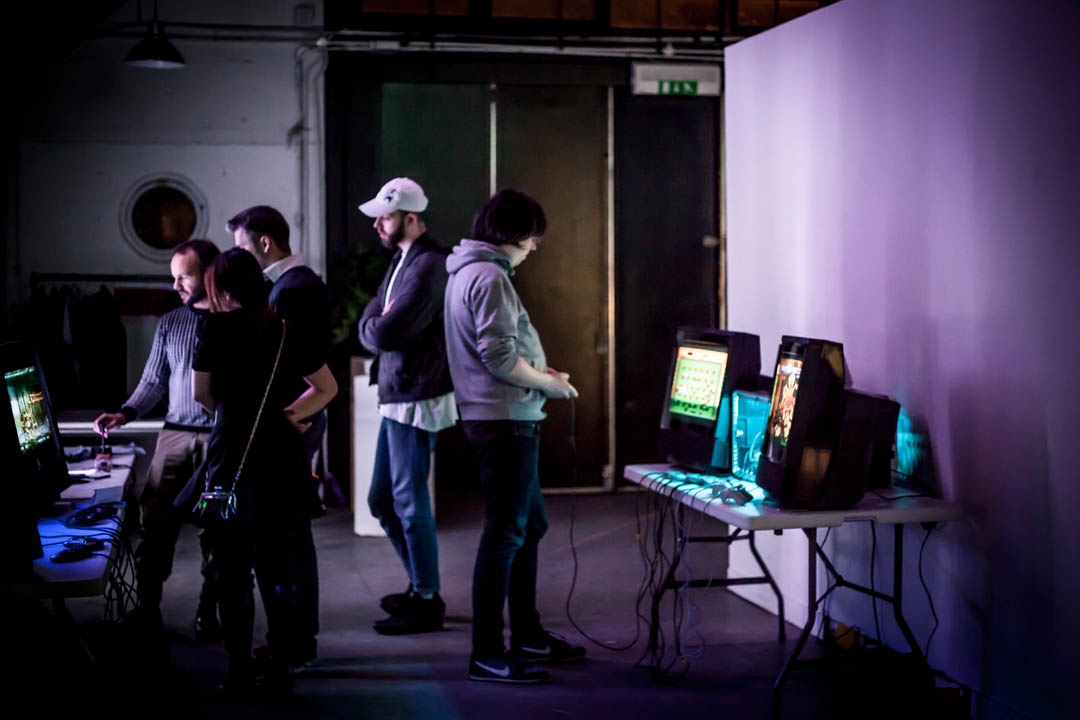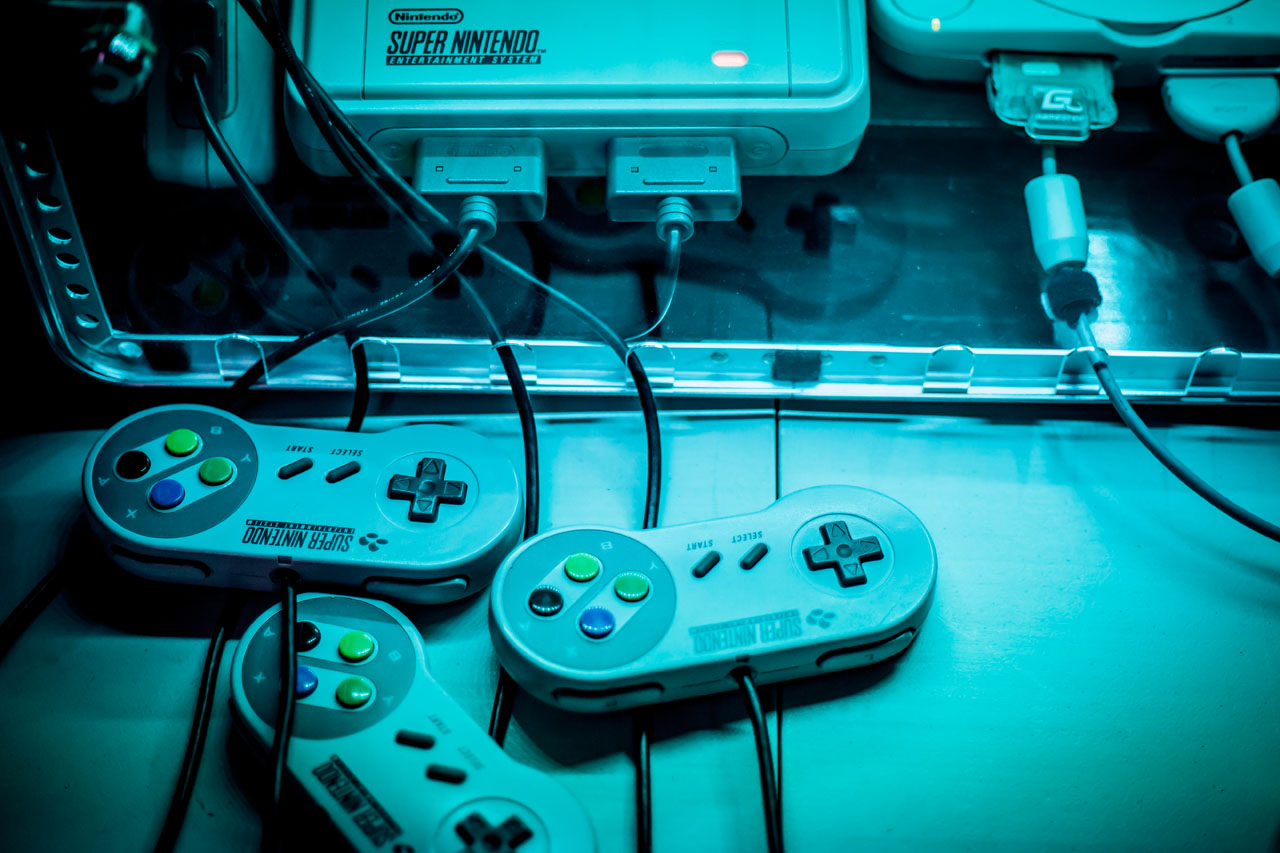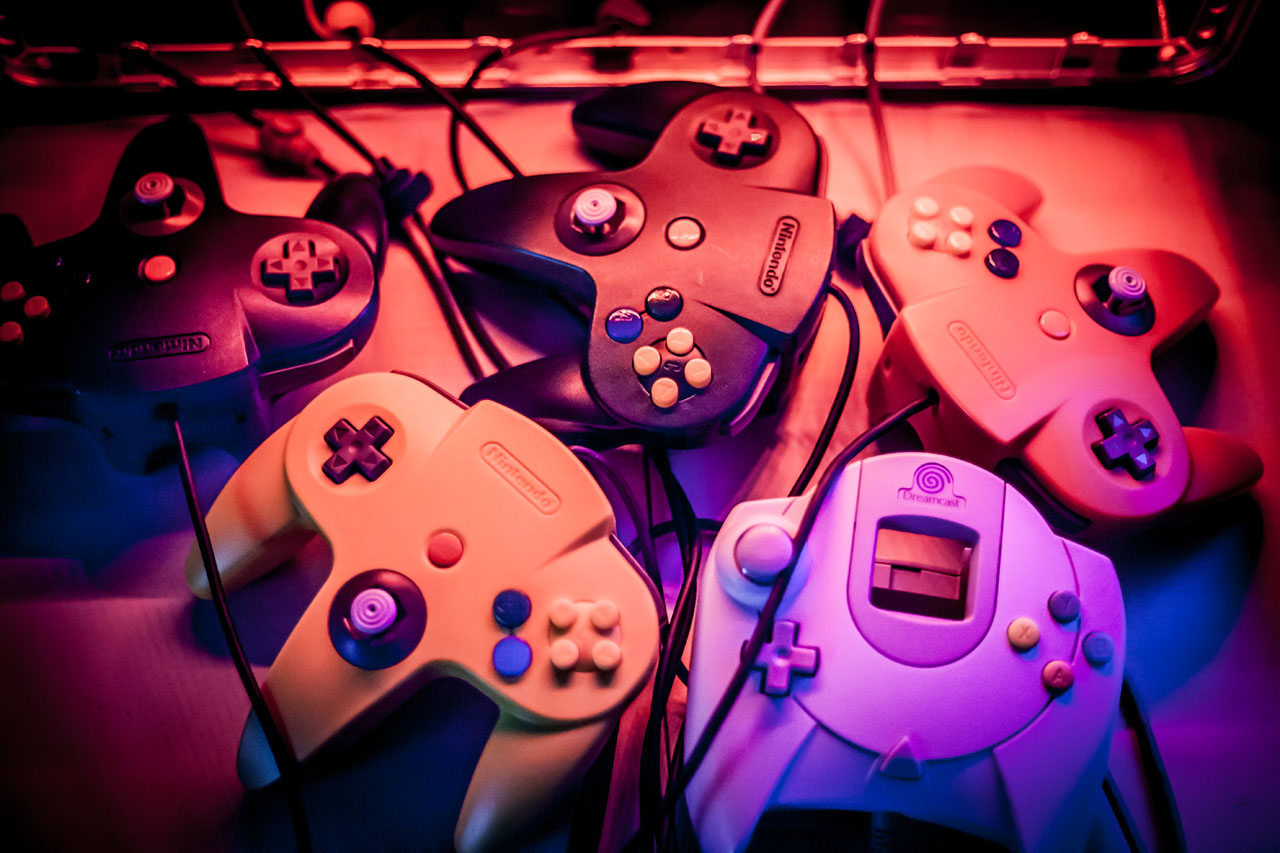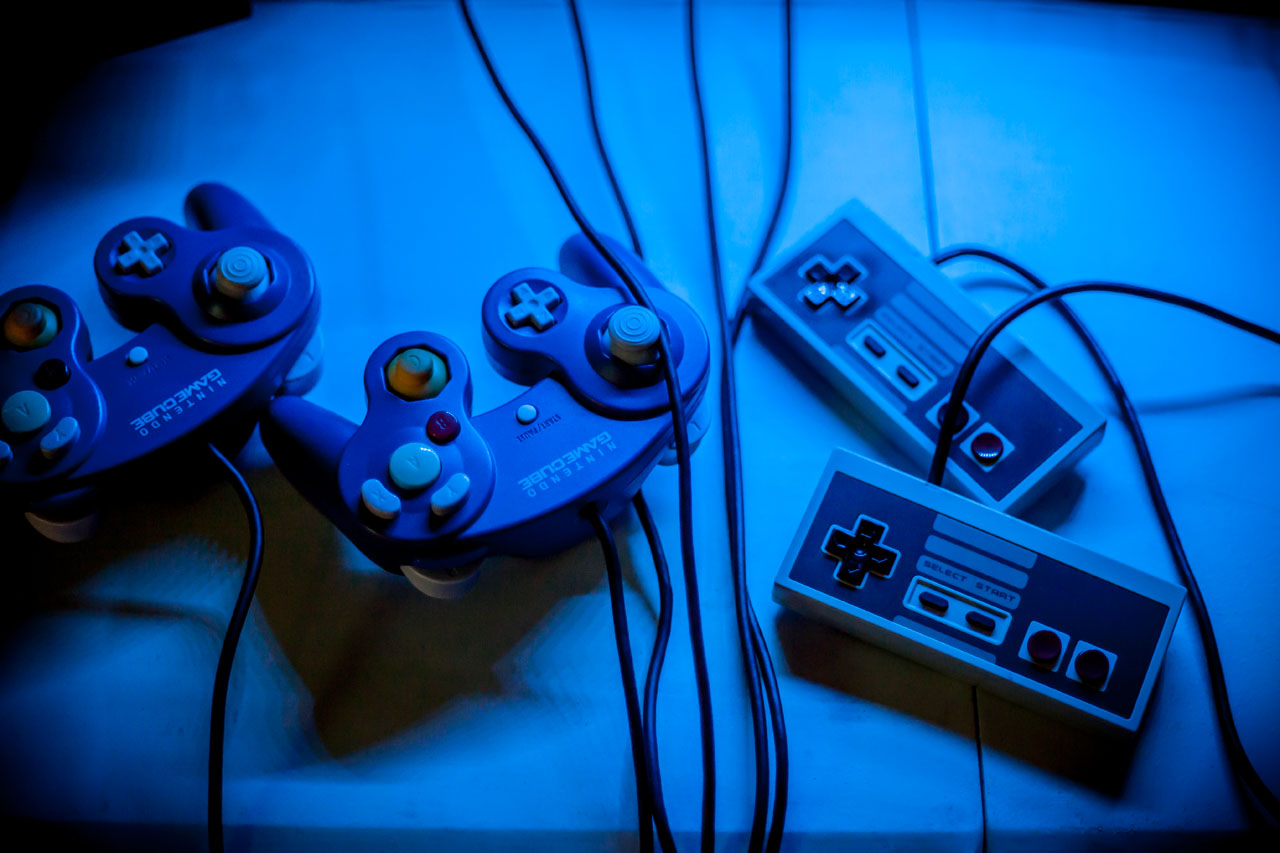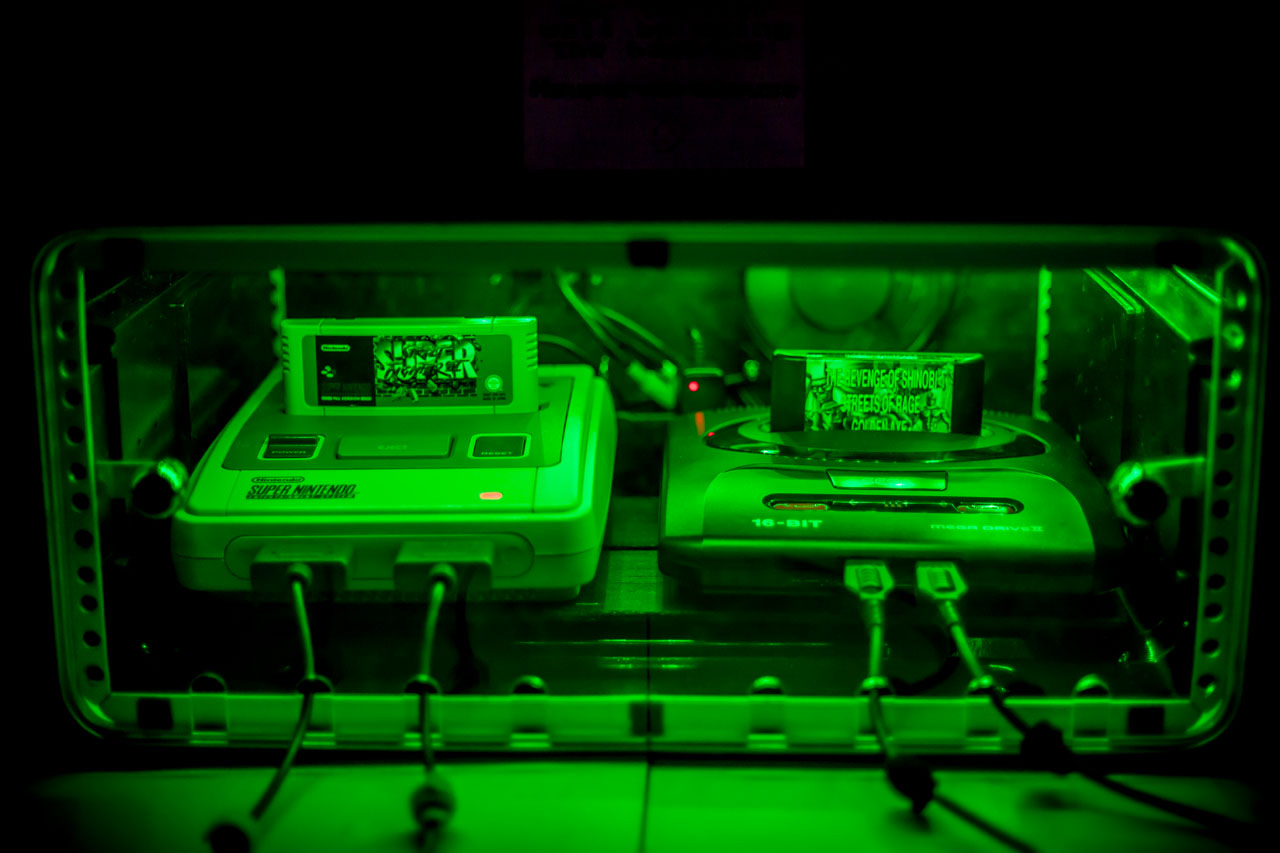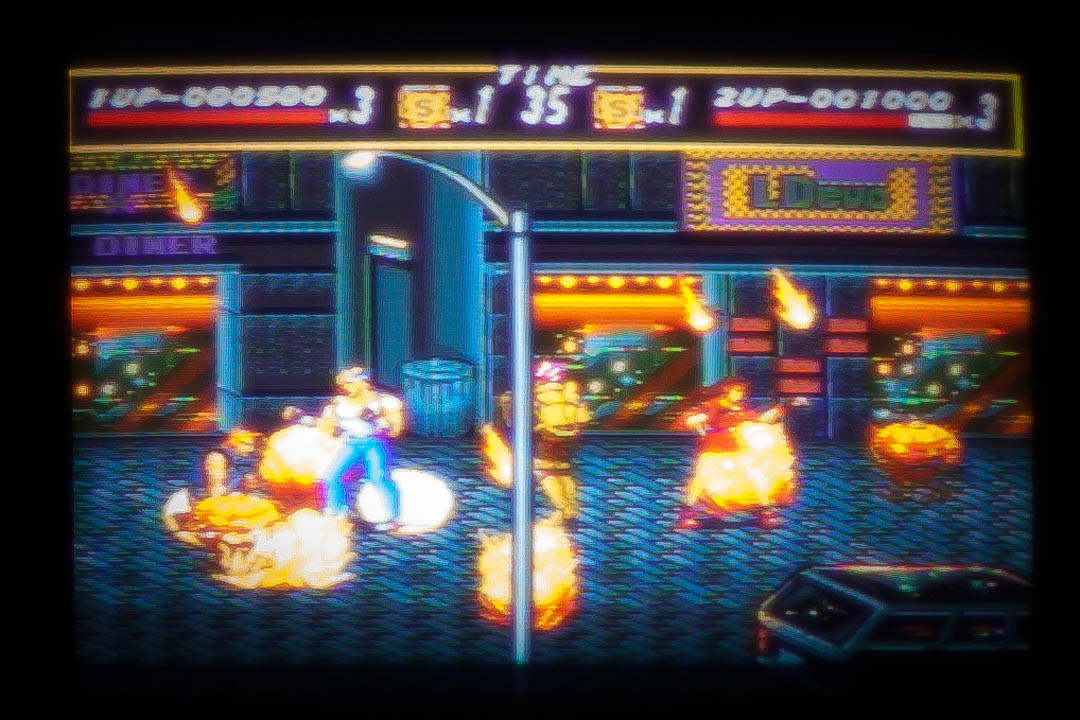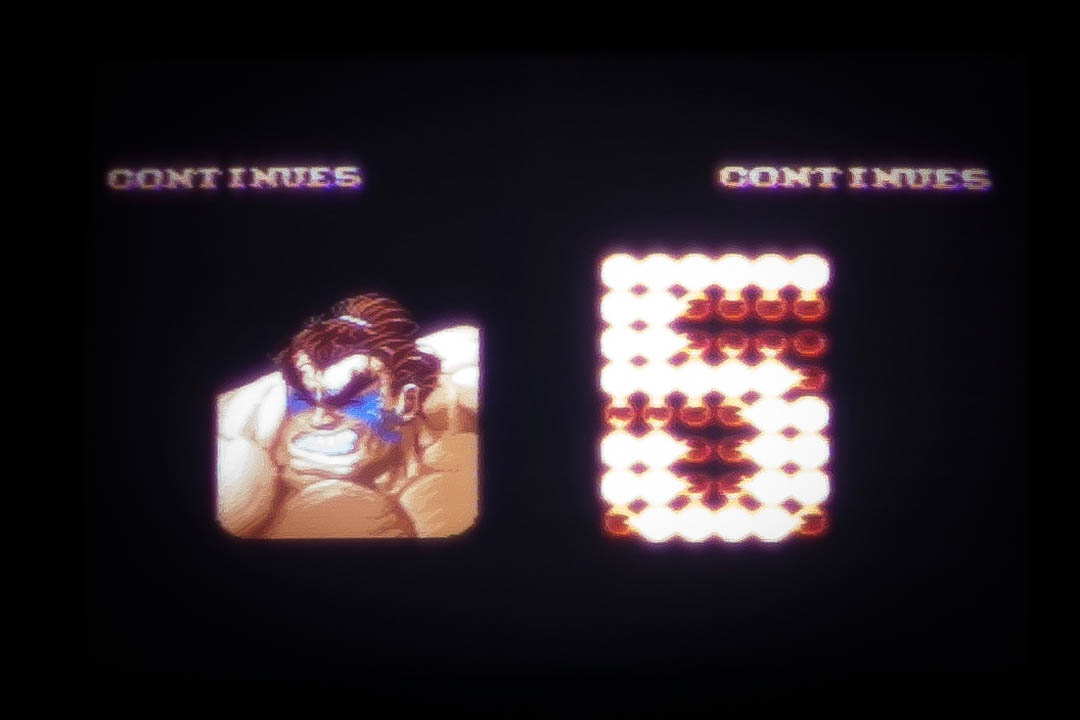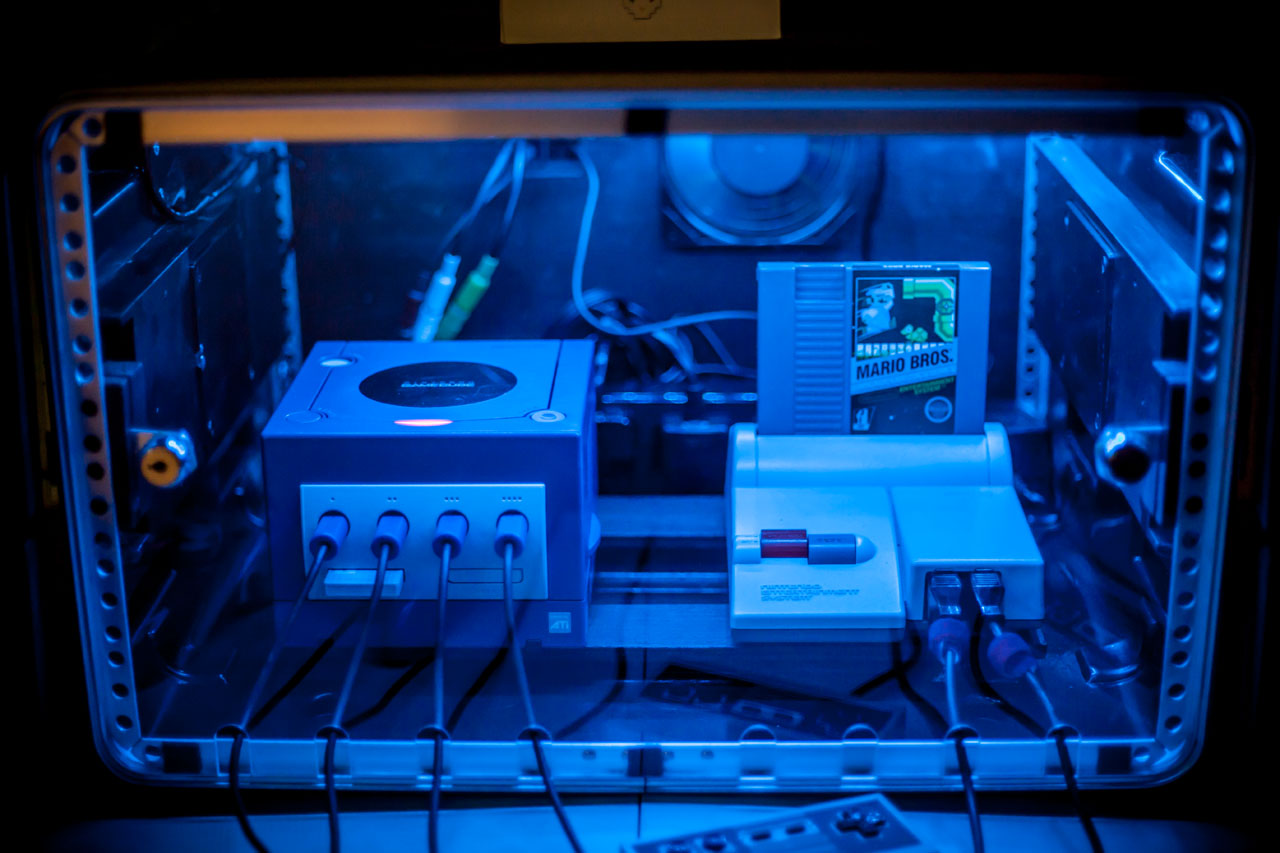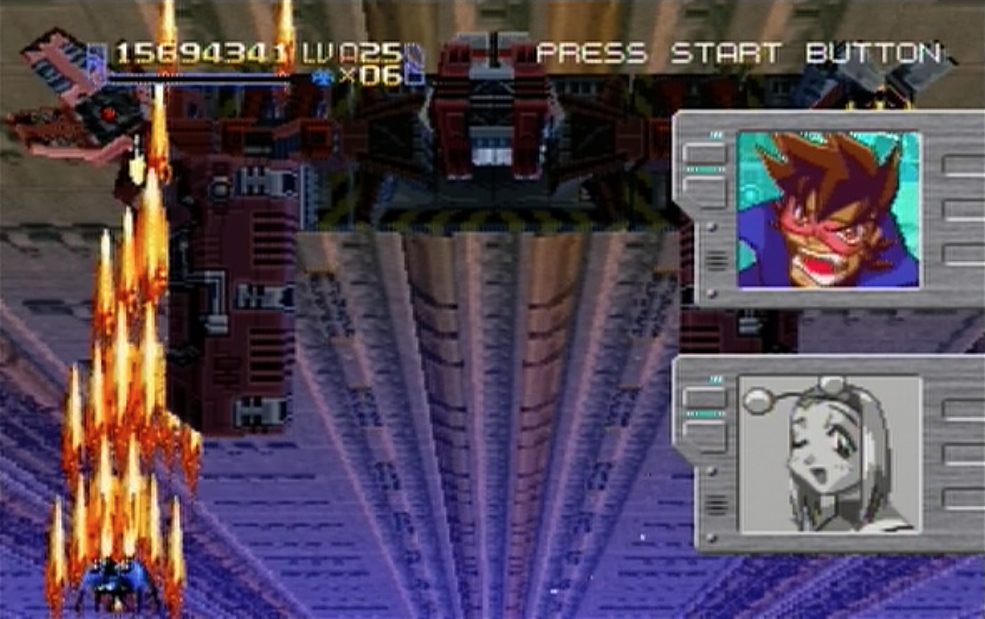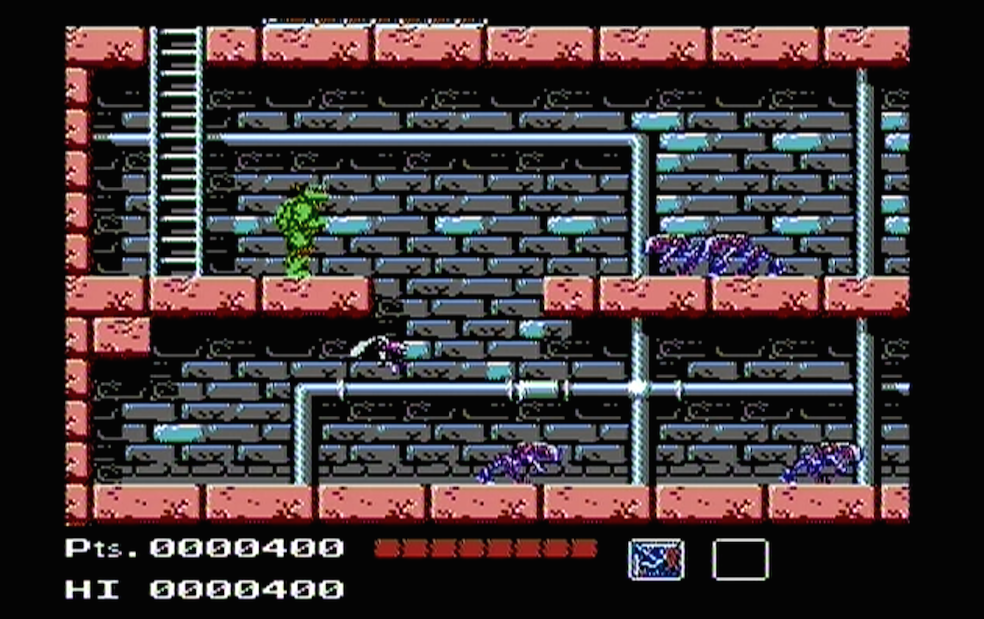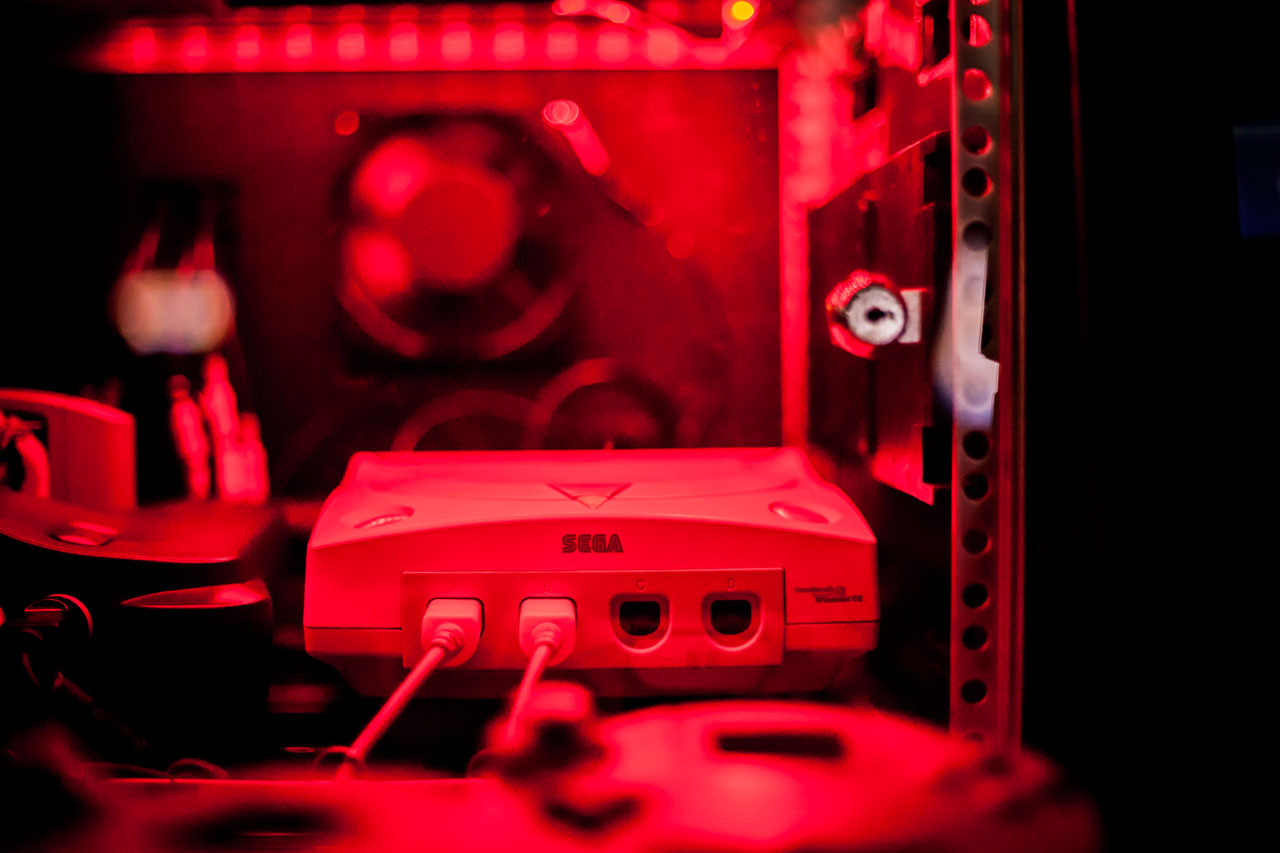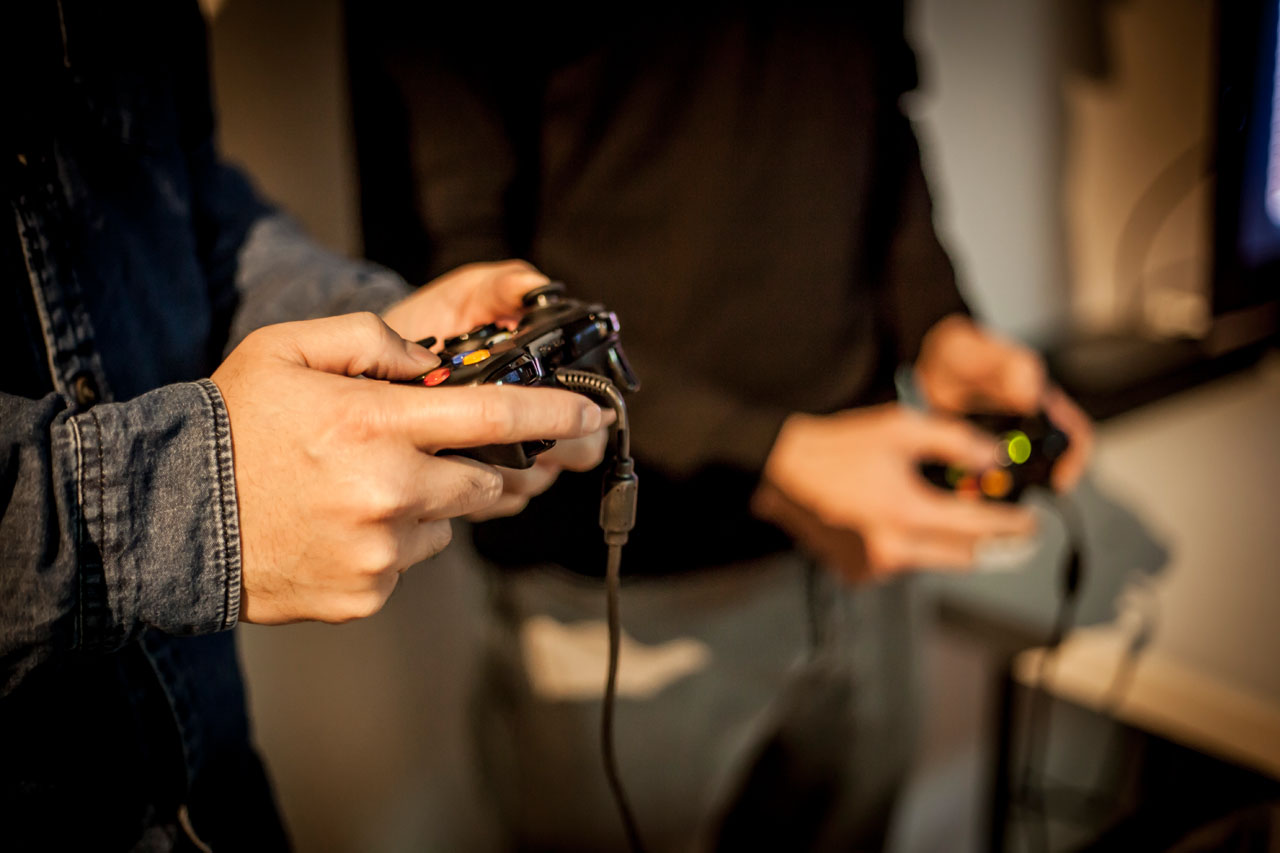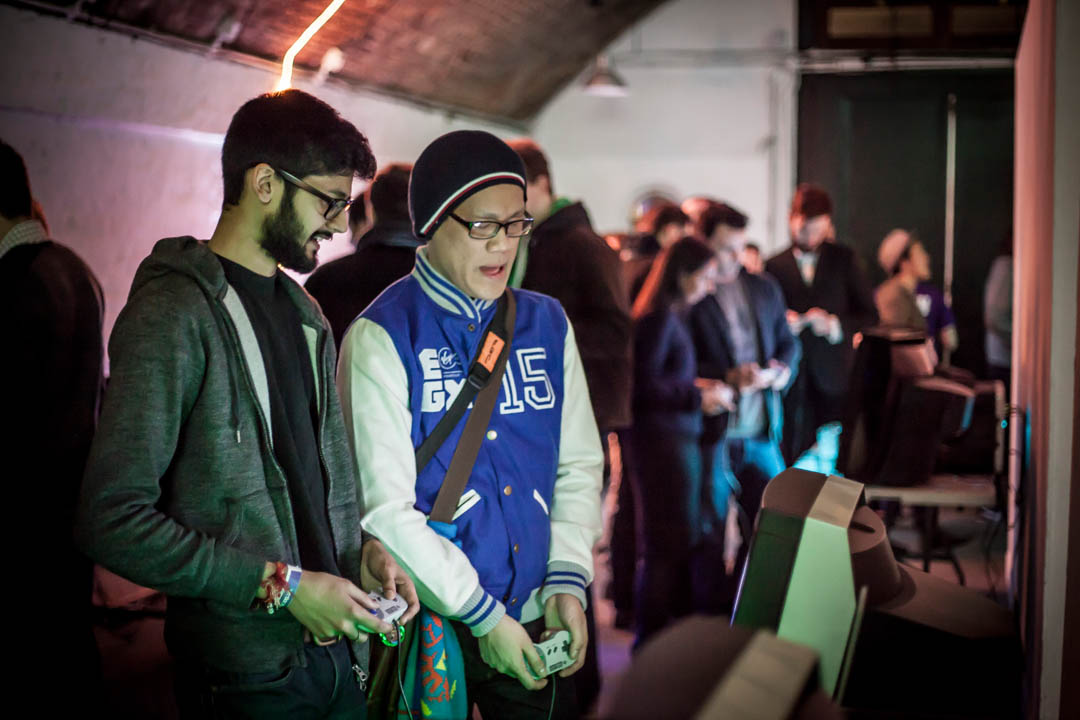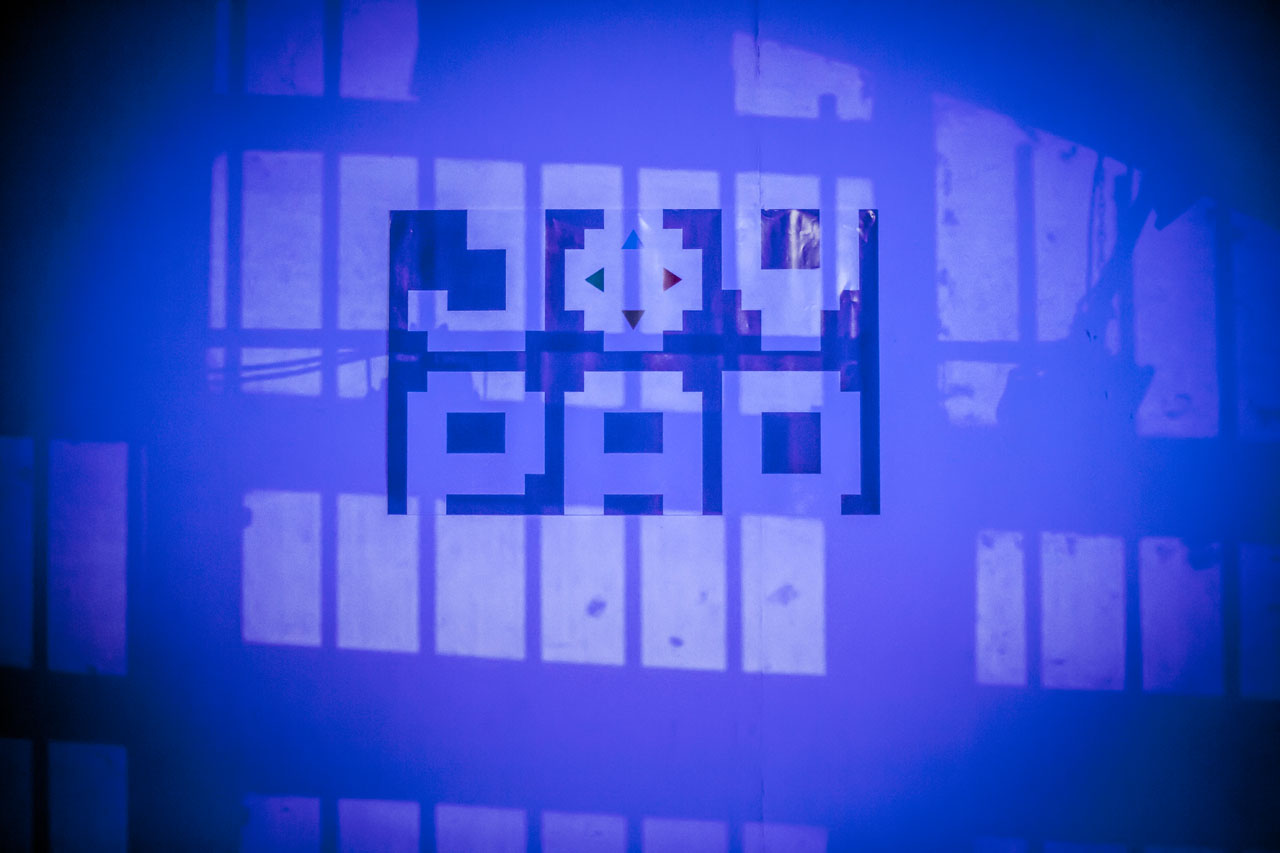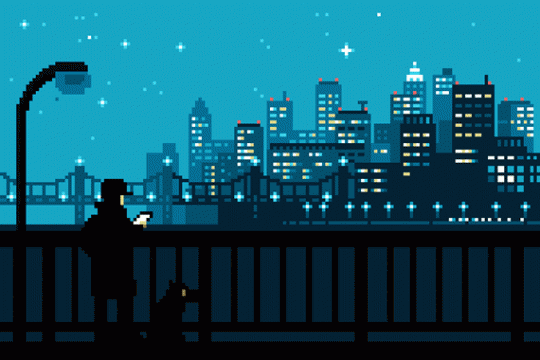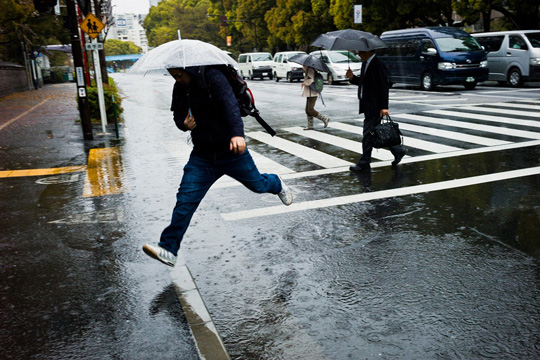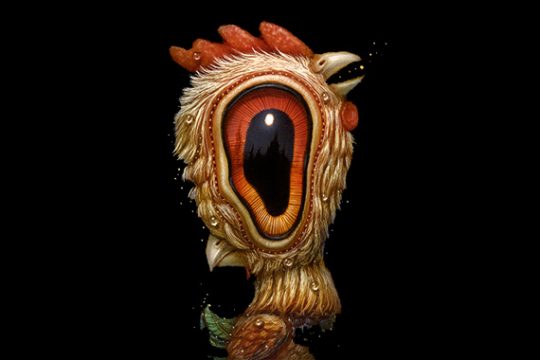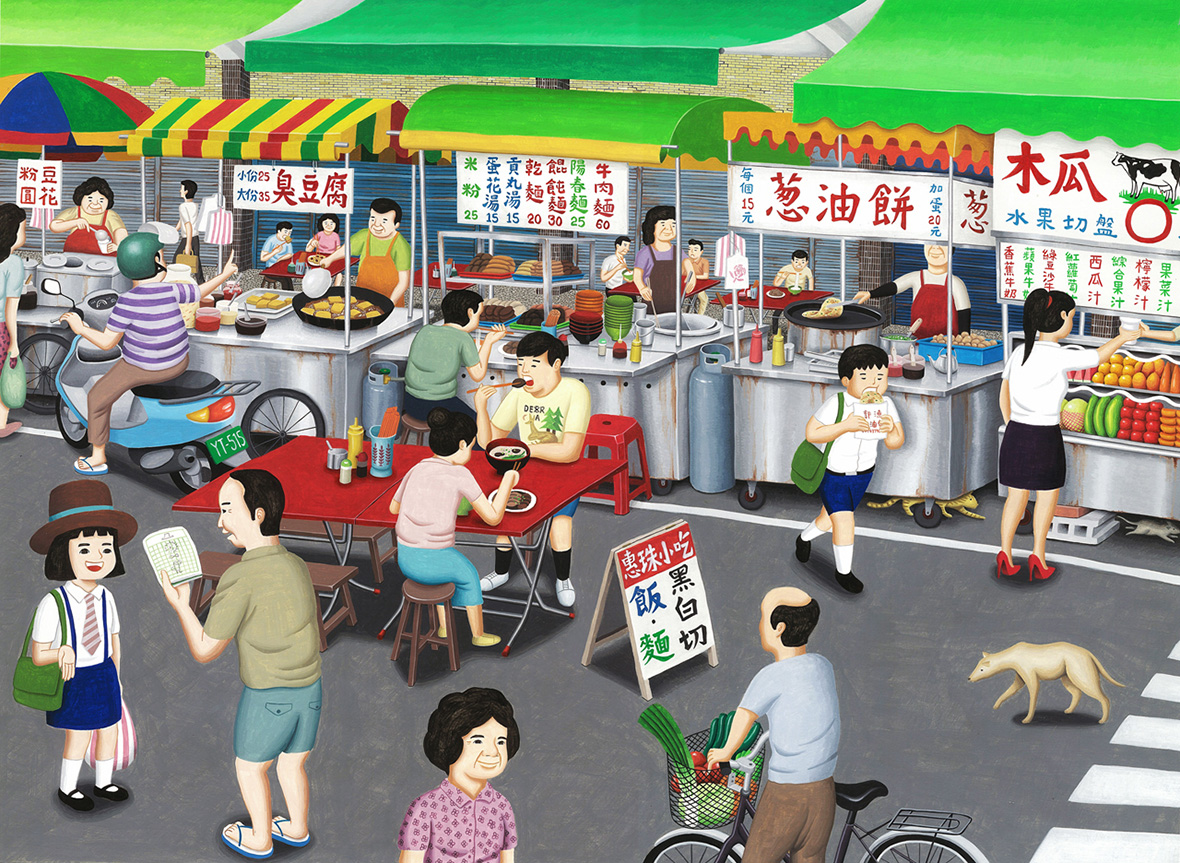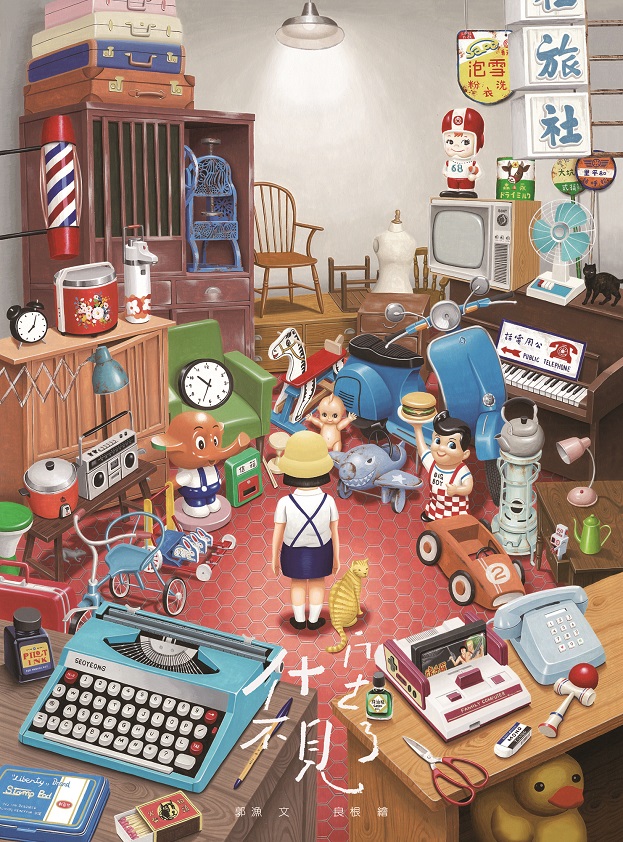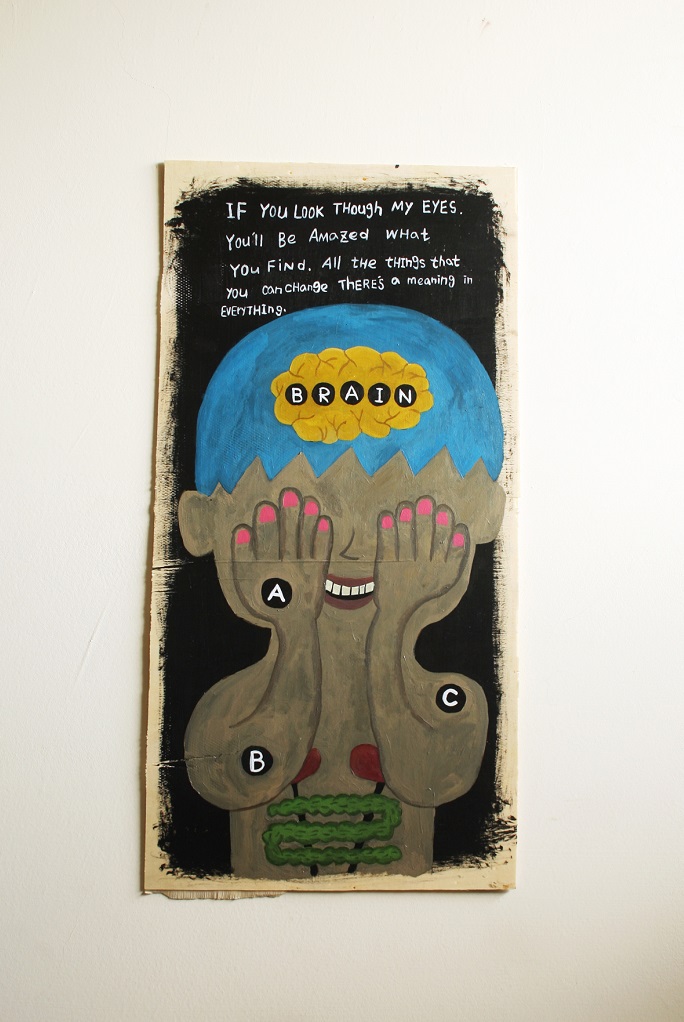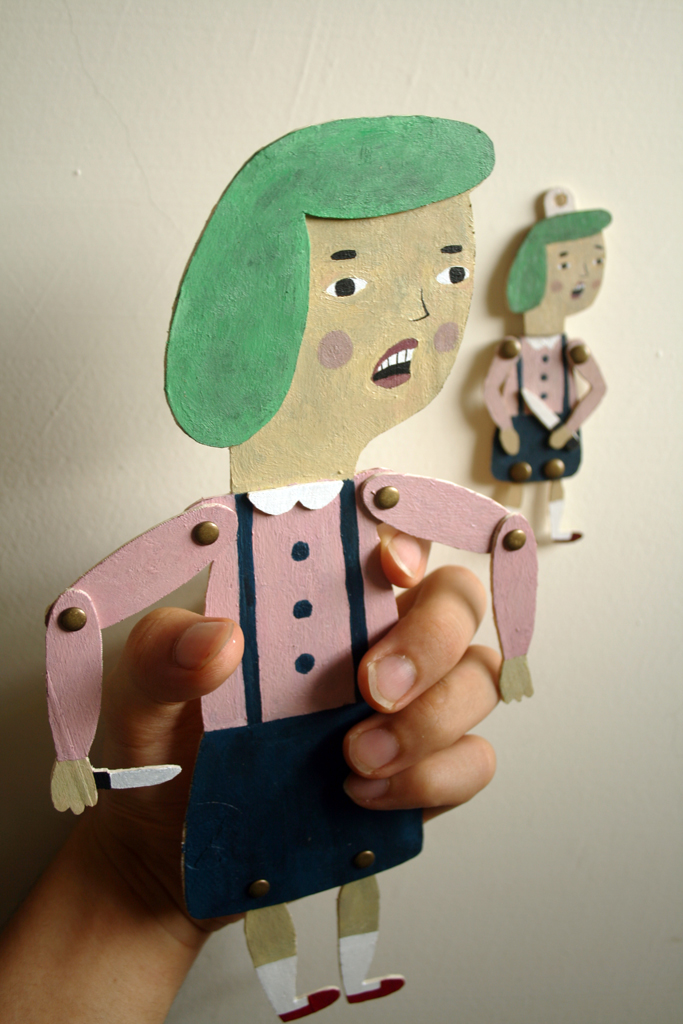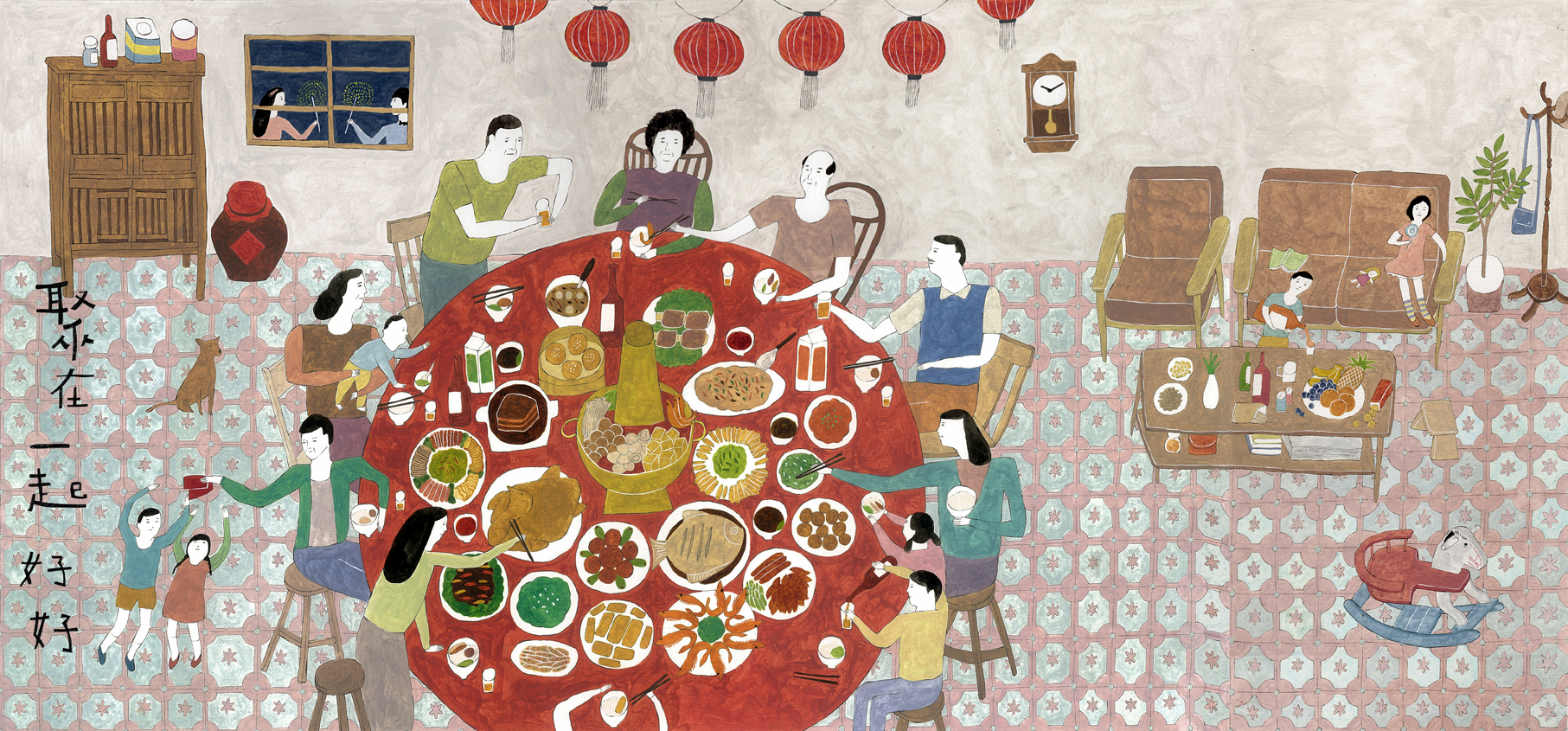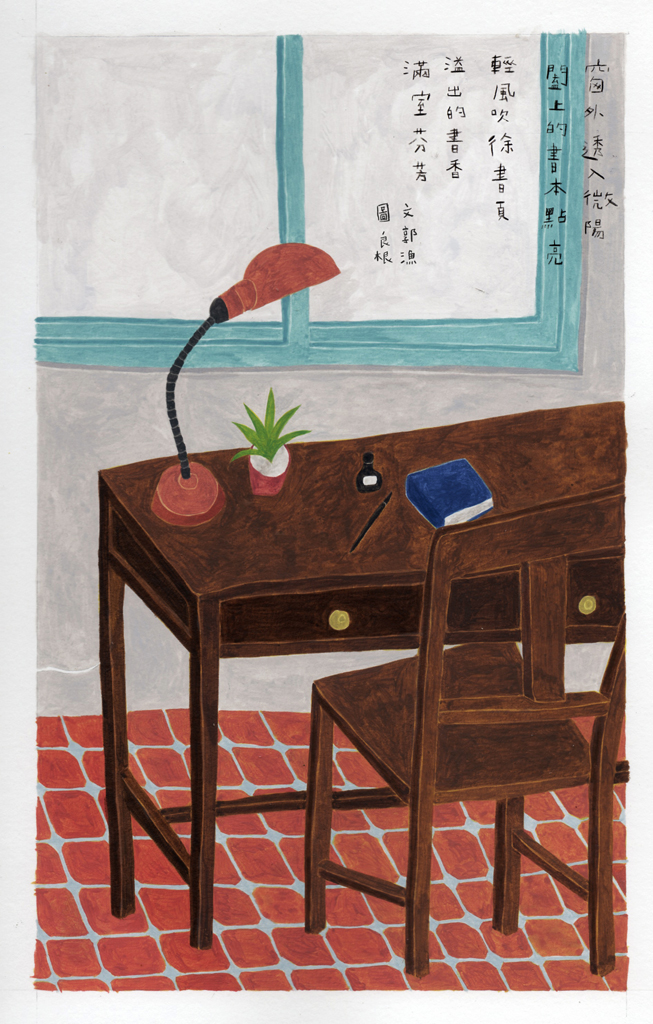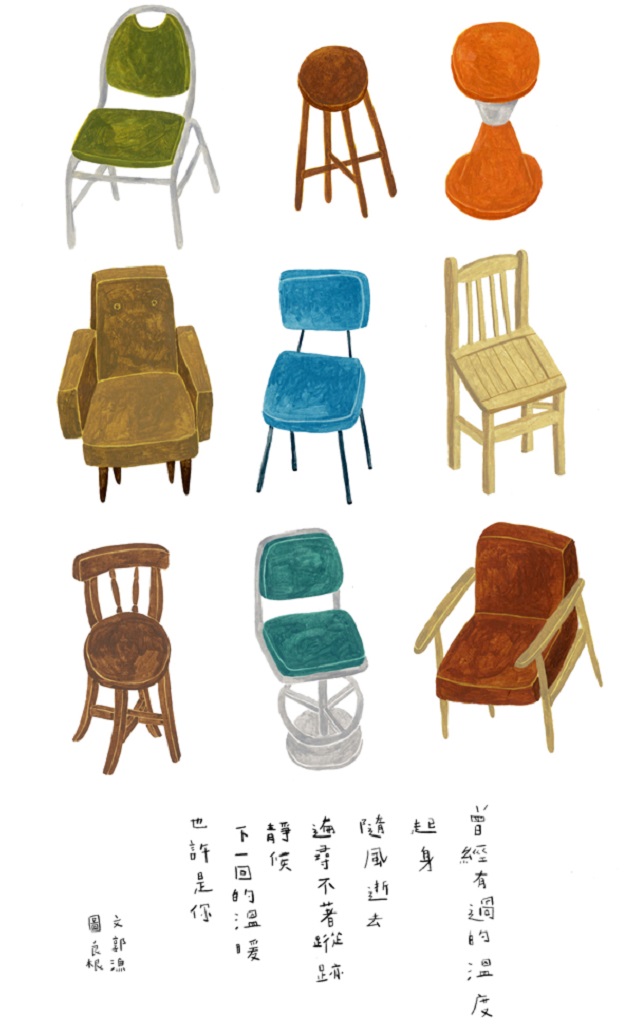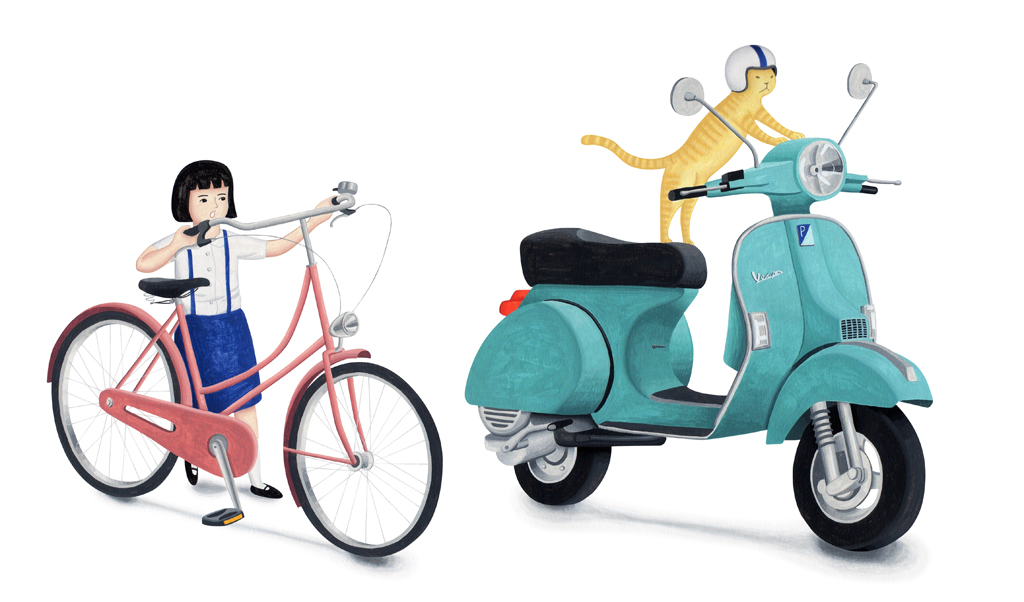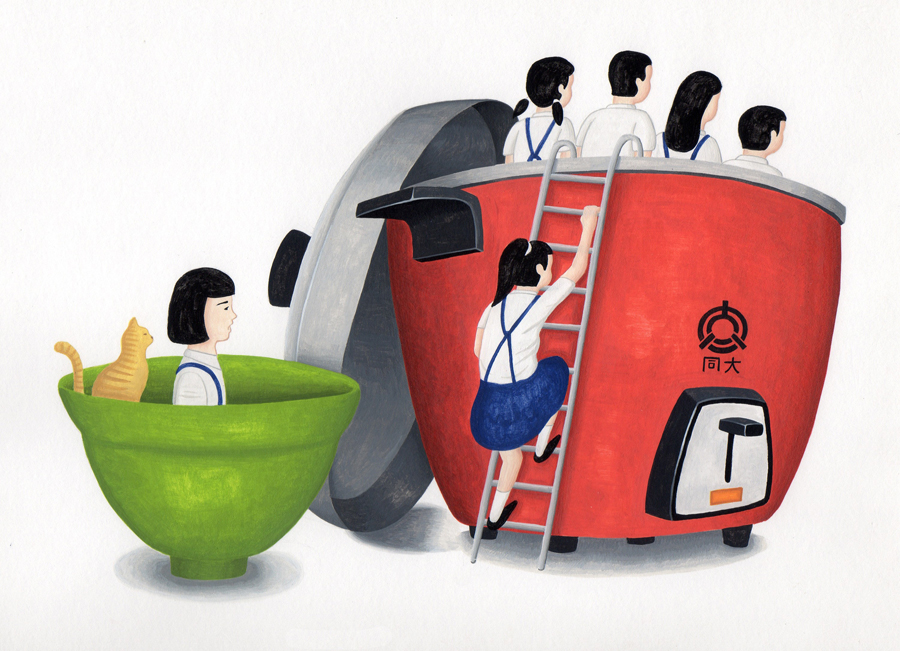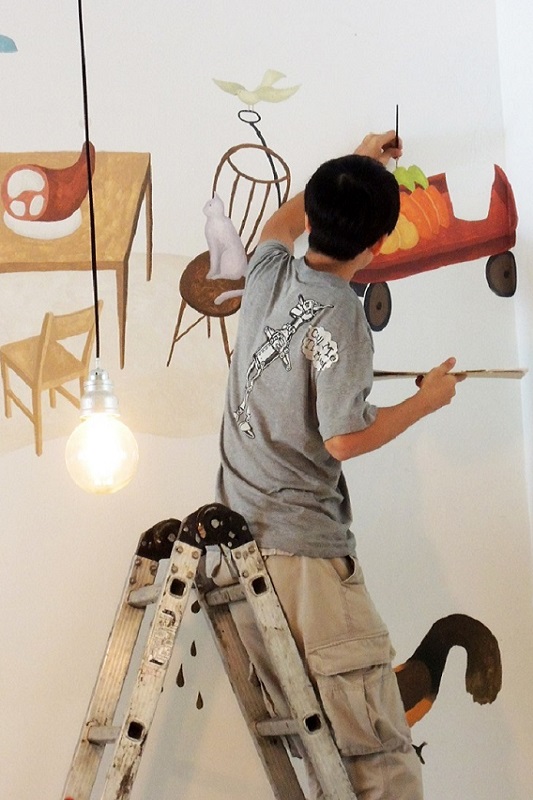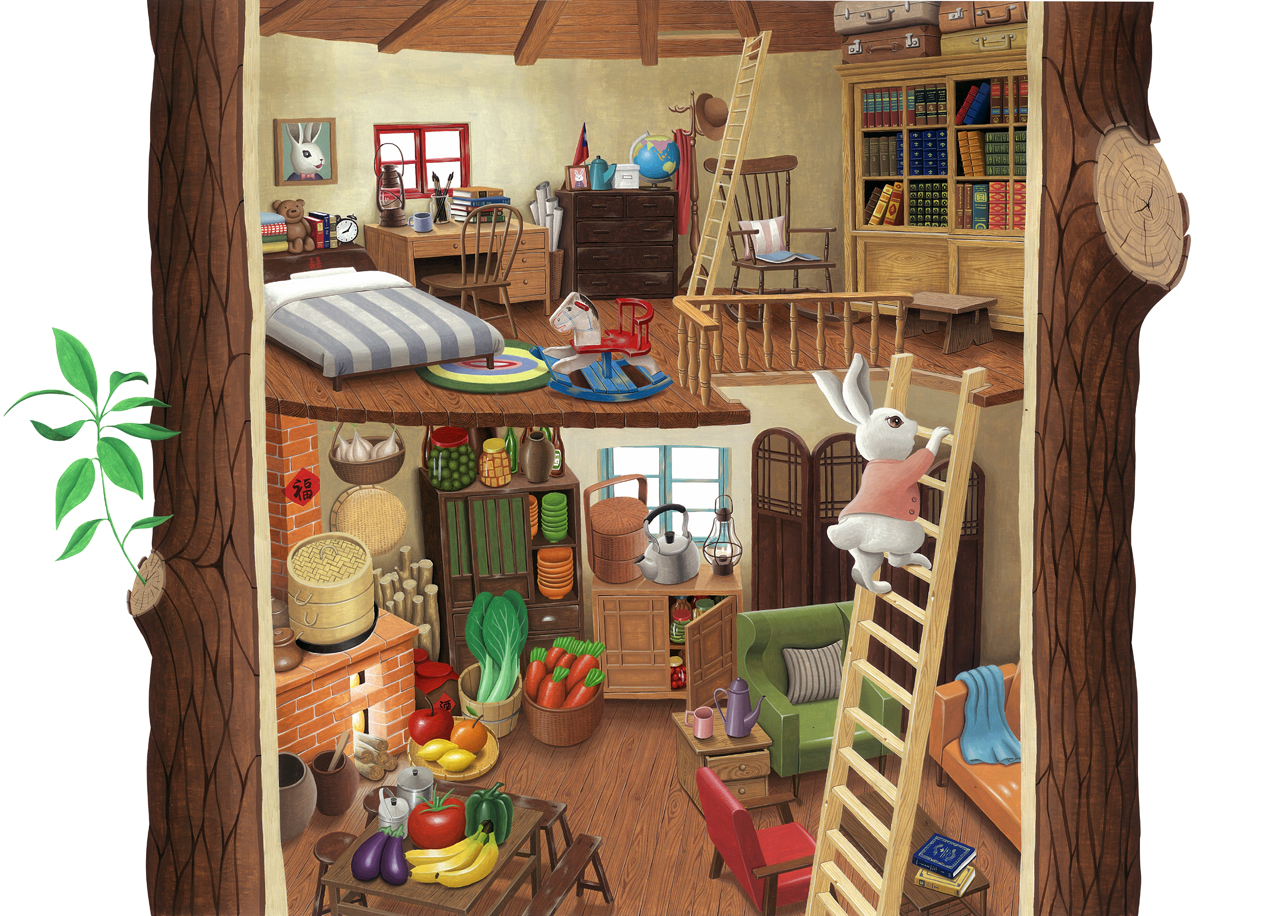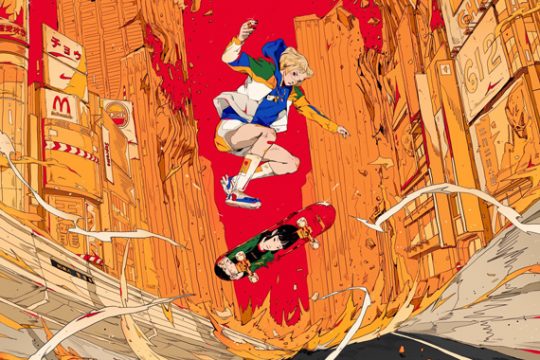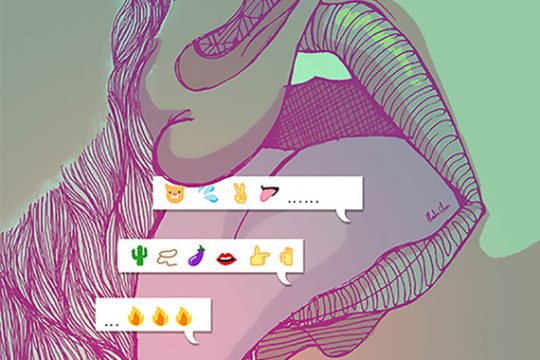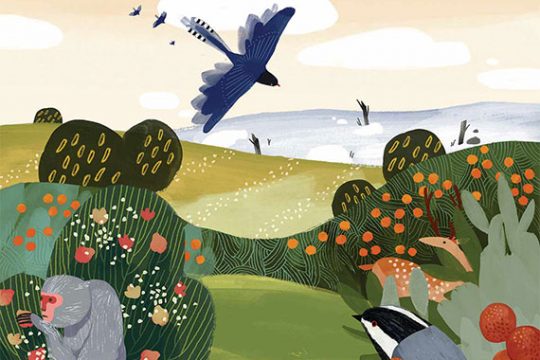
Kenzo Ejiri is a Japanese-Australian photographer, graphic designer and architect. He is currently a designer by profession, but his passion for photography has led him to become the award-winning photographer he is today. In 2015, Kenzo’s portrait entitled My Father and Mother, part of the series Tokyo Revisited, was included in the Taylor Wessing Photographic Portrait Prize at London’s National Portrait Gallery, one of the country’s high-profile photography prizes. He recently spoke with us about his prolific career as a photographer.
ケンゾー・エジリ氏は、日系オーストラリア人の写真家であり、グラフィックデザイナーであり、 建築家でもあります。多文化の家庭で育ったエジリ氏の受け持つ分野も多様です。エジリ氏の職 業はデザイナーであり、娯楽として行う写真撮影は、受賞歴があります。2015 年、Tokyo Revisited シリーズの一部であるエジリ氏の肖像写真「My Father and Mother」は、ロンドンナシ ョナルポートレートギャラリーのイギリス有数の写真賞である、テイラー・ウェッシング・ポー トレート写真賞(Taylor Wessing Photographic Portrait Prize)受賞作品の一つとなりました。最近、写真家としての豊富なキャリアについて、エジリ氏に話してもらいました。
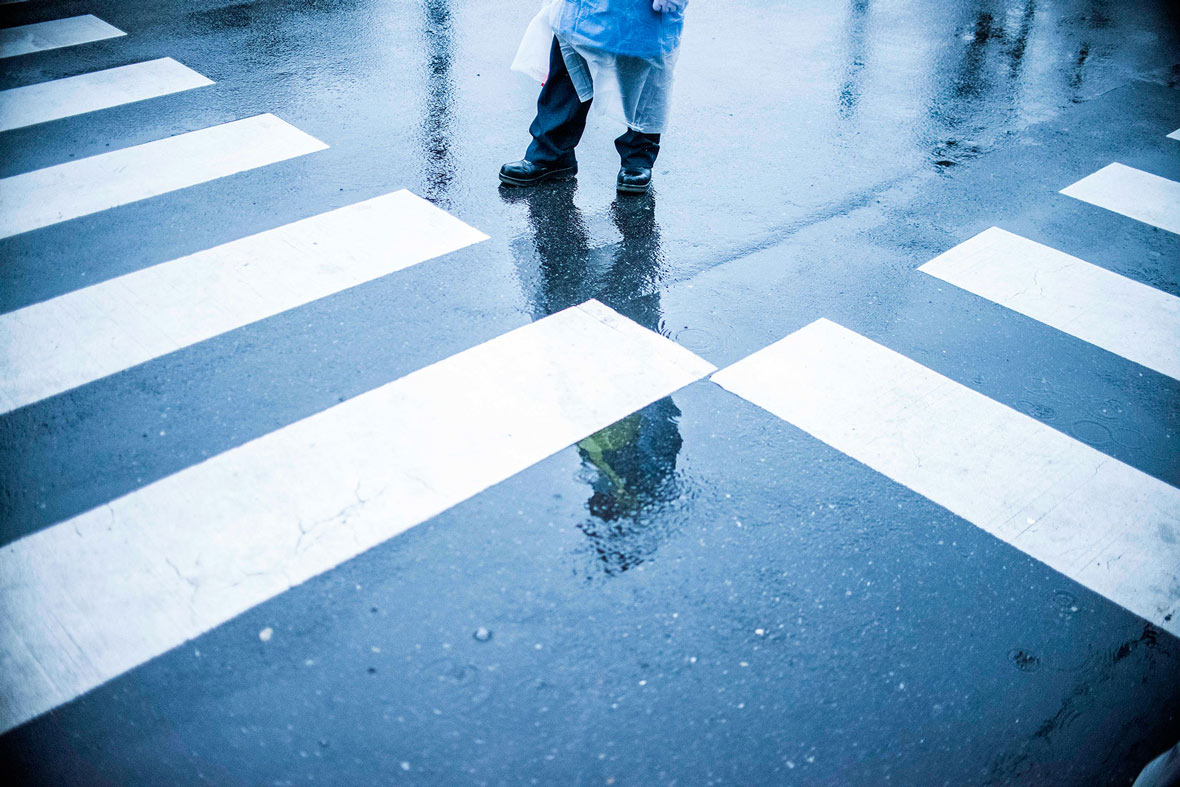
Neocha: You work across several different disciplines, from web and application design to photography and architecture. How did you get started with these different disciplines along the way?
Kenzo: I think it’s down to me being a “grass is greener” kind of person, meaning I have a short attention span. I like to continuously learn new things without ever really knowing what I want to be in the long run. I have a good feeling that I will always be like this. I don’t mind bouncing between different disciplines. I knew from relatively early on that I wanted to be doing something design related or just something in the creative field. So while I was in university, I thought that I would choose a subject which would allow flexibility, something in creativity, design, or architecture. I knew that if I trained as an architect, I would be able to go into other creative fields if I wanted to change my mind. It also helps that both my parents are architects.
Neocha: あなたの作品は、ウェブ・アプリケーションのデザイン、写真、そして建築というように、いくつかの分野にわたっています。異なる分野を習得した経緯をお聞かせください?
Kenzo: それは、自分自身に理由があります。私は、「他人のものが何でもよく見える」と思うタイプの人間であり、注意力が持続する期間が短いのです。長続きするかどうかあまりわからずに新しいことを学び続けることが好きです。新しいことを絶え間なく学ぶことは、心地よいことです。キ ャリアの比較的初期から、デザイン的なことや、単に創造的なことをしたくなるだろうと思って おり、大学では創造やデザインでかなり柔軟になれる建築を選ぶだろうと考えてはいましたが、 異なる分野をあれこれと試すことを厭いません。建築家としての訓練を受ければ、気が変わると 他のクリエイティブな分野に転向するだろうということは、わかっていました。また、両親が建 築家であったことも助かりました。

Neocha: How do you describe the importance of all those disciplines for you as an artist? For example, how do you differentiate what you do for the sake of art and what you do toward developing your career?
Kenzo: To be honest, I like to keep them separate. I’ve never really focused on photography as a career role because I didn’t want to taint it or rely on it. As soon as there’s pressure or a goal with photography, it can be easy to start to not enjoy it, so I’ve always kept it as my hobby that I can resort to and enjoy. I design for my career and take photos for enjoyment or as you said for “the sake of art”.
Neocha: 芸術家として、これら全ての分野の重要性について述べていただけますか?例えば、芸術のための仕事と、どちらかというとキャリアのための仕事をどう区別しますか?
Kenzo: 率直に言うと、自分はそれぞれを別々のことにしておく方です。写真撮影に染まることや、そ れを頼ることはしたくはないので、職業の役割として写真撮影に集中したことは全くありませ ん。写真撮影は、プレッシャーや目標ができるとすぐに楽しいものではなくなってしまうことで しょう。このため、写真は常に趣味の一つとして楽しんでいます。したがって、デザインはキャ リアのために行い、写真は楽しみのため、先ほどおっしゃった「芸術のため」に撮影していま す。
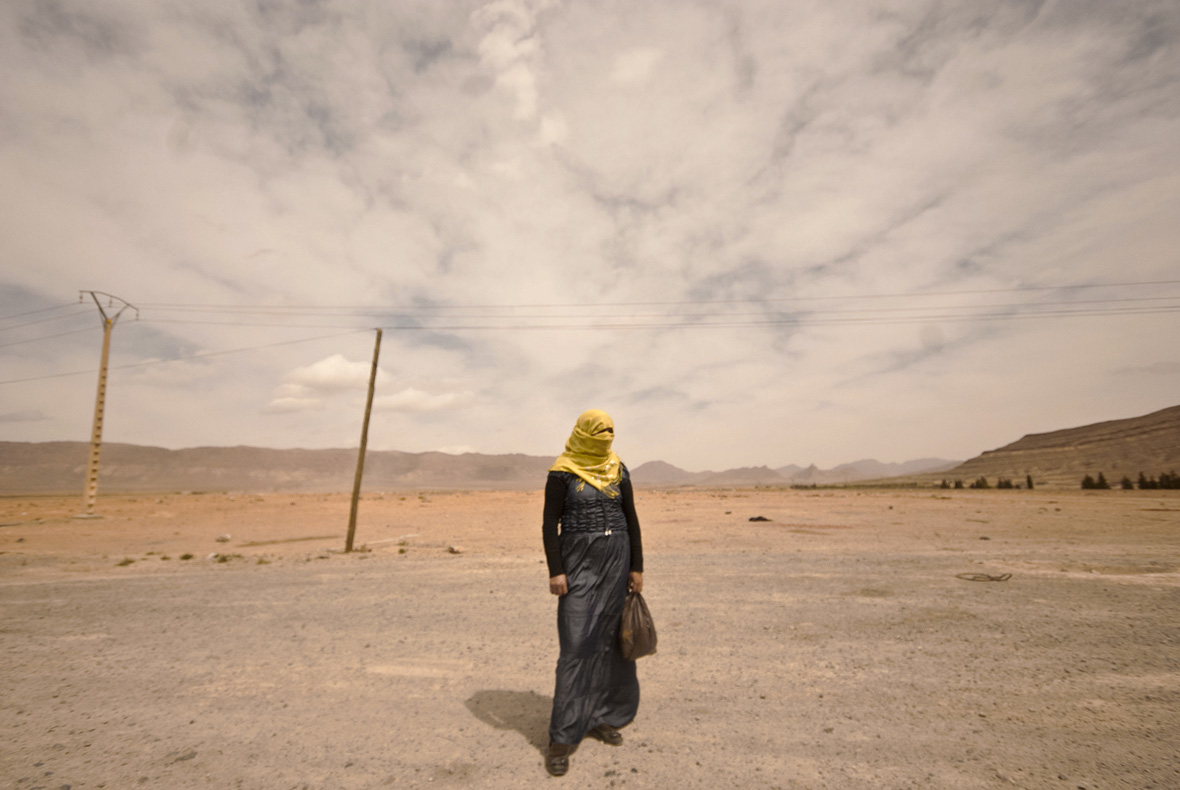
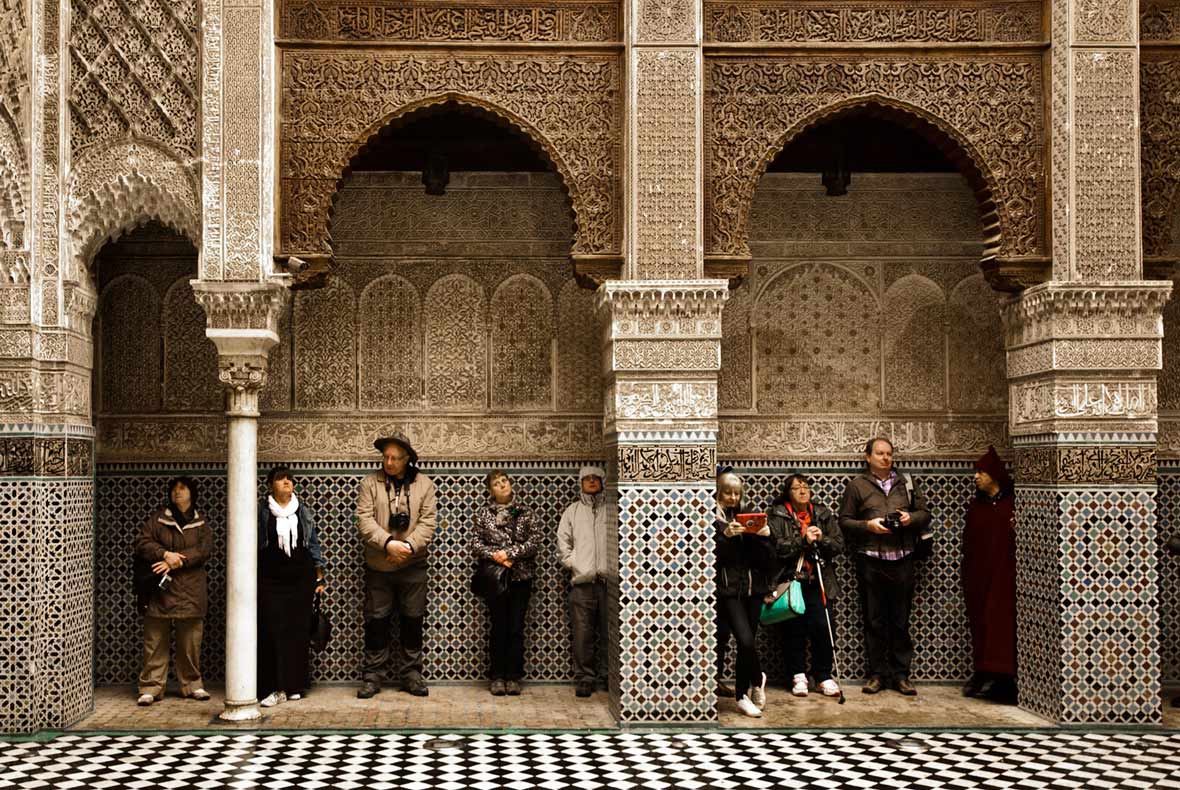
Neocha: You like traveling – what does the term “on the road” mean to you?
Kenzo: On the road to me means a good thing. It means travelling without really knowing or minding where you’ll end up. I did this around China and through Tibet, hitchhiking and going wherever the car, bus, bike would go.
I take pictures of places that I get inspired by, Tokyo definitely has a certain appeal that come across well in photos. A lot of it is down to the simple fact that I travel there every year to see family. If I travel anywhere, I’ll probably be taking pictures. If I’ve never been somewhere before that’s when I take the most pictures, like a true tourist.
Neocha: 旅行がお好きですよね。「旅に出る」とはあなたにどのような意味があるのでしょうか?
Kenzo: 旅に出ることは、良いことです。つまり、目的地を把握したり考えたりせずに、旅行をするこ とです。中国のあちこちやチベットの至るところでヒッチハイクや車、バス、自転車で行き先を 気にせずに、旅行をしました。
インスピレーションを受けた場所で写真を撮ります。東京は、写真を上手く撮れるような特定の 魅力があることは確かです。こうしたことの多くは、ただ私が毎年家族に会うために東京を訪れ るという単純なことが理由です。どこへでも旅行をするとしても、きっと写真を撮っているでしょう。初めて訪れる場所にいたとしても、その時は、まさしく旅行者のようにほとんどの写真を 撮影するでしょう。
Neocha: How people usually react to your camera in a strange place?
Kenzo: I get the same reaction anywhere I take photos. I try not to invade people’s space or privacy, but it’s all relative to the person you’re taking a picture of. So I wouldn’t say there’s any difference. Of course, the more touristy a city or place is, the harder it is to take photos. I guess all the locals are kind of tired of having their photo taken. This was definitely the case in Morocco. Most of the time wherever I take photos I can get away with taking the photo by giving them a big smile. But it doesn’t work every time.
Neocha: 変な場所であなたのカメラを向けられる人達は、普通どう反応しますか?
Kenzo: どこで写真を撮る時も、反応は同じです。他の人達の心理的縄張りやプライバシーに踏み込も うとはしませんが、反応は全て被写体となる人によるので、反応が違うとは言えないと思いま す。もちろん、街や場所が観光地化されるほど、地元の人達は皆、写真を撮られることに少々う んざりしていると思うので、写真を撮るのは難しくなります。疑いなく、モロッコは、そういう ところでした。どこで撮影しても、ほとんどの場合、笑顔をすれば写真をただで撮らせてもらう ことはできますが、毎回それが可能ではありません。

Neocha: What’s your most memorable experience of confrontation between you and your subjects?
Kenzo: The most confrontational time was when I was taking pictures of the London riots that took place in the summer of 2011. I remember being surrounded, and I managed to talk my way out of a situation by deleting a lot of my photos, as people were worried I would report them to the police. I still managed to get some good shots, but I was a lot younger and more naive then.
Neocha: あなたと被写体の間での最も記憶に残っている対立は何でしたか?
Kenzo: 最も対立したのは、2011 年夏に起きたロンドンの暴動を撮影していた時でした。人々は警察に 通報されることを懸念しており、私は囲まれ、多くの写真を削除して、何とか話してその場を逃 れたことを覚えています。それでも、良く撮れた写真を何枚か得ることはできましたが、その 頃、私は今よりずっと若くナイーブでした。

Neocha: Have you ever felt in-between cultures and how do you handle it? How do you interpret this feeling in your work?
Kenzo: I always feel in-between cultures but I’ve never seen it as a bad thing. I’m half Australian and half Japanese, and the way I see it is I’m getting the best of both worlds and perspectives. It’s a key thing in my photography, I like to take pictures of things that are very different to what I’m used to and I try to make it interesting with little tricks. The tricks could be with lighting, or where I put my subjects. All in all, what I’m technically doing with my photos is reflecting what I am already seeing – which is something different. I try to avoid taking the photo that everyone else is taking or has taken. That’s always something that I’ve done and my friends encourages me and tells me I have to be different. Sometimes that’s a good thing, sometimes it’s a bad thing.
Neocha: 異文化の間にいると感じたことはありますか?また、そうしたことをどう扱いますか?仕事で そのような感覚をどう捉えますか?
Kenzo: 文化の間にいるということは、常に感じていますが、それをネガティブにとらえたことは一切 ありません。私は半分オーストラリア人で半分日本人であるので、そうした生き方を常にしてき ました。しかし、双方の世界または視点の最も良いところを持っているという見方をしていま す。それは、私の写真撮影における重要な点です。これまで慣れ親しんだこととかなり異なる物 の撮影をすることが好きで、ちょっとしたトリックを使い面白く見えるように撮るのです。その トリックとは、光や被写体の置き方かもしれません。技術的に言えば、私が写真で行っている全 ては、どこか他とは異なった自分が既に見ていることを反映させることです。他の誰もが撮影し ている写真や、既に撮影した写真の撮影は避けようとします。これは、私がこれまで行ってきた ことであり、友達が指摘することです。他と違うように撮影しなければならないのです。それは 時により良いことであったり、悪いことであったりします。

